Capital:
New Delhi
Currency
Rupee
Best time to visit:
The year is divided into two seasons: the dry one and the rainy one. Generally, the climate is pleasant from December to March, the best months to visit South India. The monsoon begins in June and brings torrential rains. The south coast receives heavy rainfall from October to early December.
In a word:
Namaste (I bow down to you)
Vaccines
Recommended Antitifica, Antimalarial Prophylaxis (chloroquine-resistant). In many regions, especially in the north-eastern states, malaria is present all year below 2000 m.
Warnings:
- Hygiene is low and diseases caused by water or food are common.
- Avoid ice cubes and fruit juices diluted with water.
- Avoid raw fruits and vegetables.
- Use only bottled water.
- Sometimes the big cities are overwhelming: the traffic is heavy and it is dangerous even to cross the street.
- Watch out for monkeys who can be aggressive.
- Beware of sea currents; on the east coast, swimming is practically impossible.
At the table:
Rice, pakora (battered and fried vegetables), dosa (savory cprepes) and idli (rice cakes) should meet even the most delicate taste.

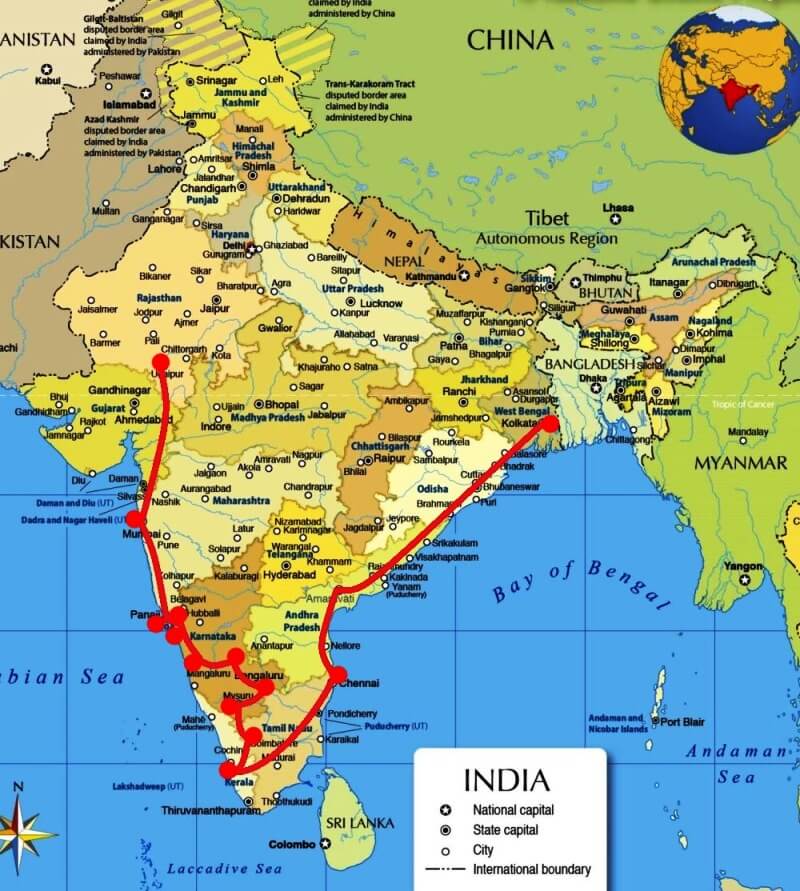
Essential experiences:
Hopping on a Bollywood movie set and maybe even being hired for an extra; Doing yoga on a Goa beach at dawn; Sailing on a houseboat along the Kerala backwaters; Take the steam train up to Ooty to breathe some fresh mountain air among the tea plantations.
A journey to discover South India: the Tamil Nadu region with its original culture, its stone temples and classical dances that represent a unique experience accompanied by the tasty dishes of the local cuisine different from everything the rest of the country, the majestic Hindu temples, colorful, crowded with statues of all sizes and surmounted by gigantic gopuram (the towers that also serve as an entrance); Kerala, where he chose to live, according to legend, the warrior goddess Bhadrakali; Goa, a region with a colonial past and homeland of hippies for many years, a happy mix of different cultures; Maharashtra with the legendary Mumbai and its Bollywood cinema; Karnataka with its fabrics, carpets, jewels, sandalwood statues, local crafts enrich the great offer of art objects that India can offer to the most curious and passionate traveler just to mention some of the regions we will cross, up to the mystical Calcutta which, although not geographically counted among the cities of South India, was the icing on an already very rich cake!
We toured almost all of South India using the very comfortable trains (preferring the night ones in second class with a cot) or long-distance buses which, although more uncomfortable, often connect directly from one location to another without too many stops.
Our suggested itinerary (30 days) | |
ten days: | Mumbai (visit to a Bollywood movie set), Anjuna, Mandrem (relaxation and meditation on the beaches of Goa) |
one week: | Hampi (visit to the times of the city and the sacred elephant Lakshmi, Bengalore, Mysore (visit to the Maharaja's Palace) |
one week: | Ooty, Coonoor (on the ancient steam train among the tea plantations in the mountains), Alleppey (boat ride among the backwaters and relaxation by the Kerala sea) |
six days: | Madras, internal flight to Calcutta (visit to the places of Mother Teresa) |
We are finally in the legendary Mumbai, formerly Bombay.
Pretty tired after 18 hours on the train ... but we did it!
In this immense city we are guests of a couple of artists thanks to couchsurfing: Aparna and Abi.
Bombay has always fascinated me ... I don't know why ... maybe it will be due to its gigantic slum, the notorious "slumdog" or its twenty million inhabitants ...
It is a very special city: rich in tradition and history, but also cosmopolitan and very modern.
"When you have cut down the last tree, when you have caught the last fish, when you have polluted the last river, then you will find that you cannot eat money."
- Indian saying -
When I timidly asked our friends from Bombay, home of Bollywood, to see a Bollywood film, I meant at the cinema, not to find us, shortly after, on the set of one of the most anticipated films, while the famous: Nasiruddin Shah and Vidya Balan were acting the last scene of: “The dirty picture”.
What a strange feeling to see the advertisements of the film around Bombay in the following days ...
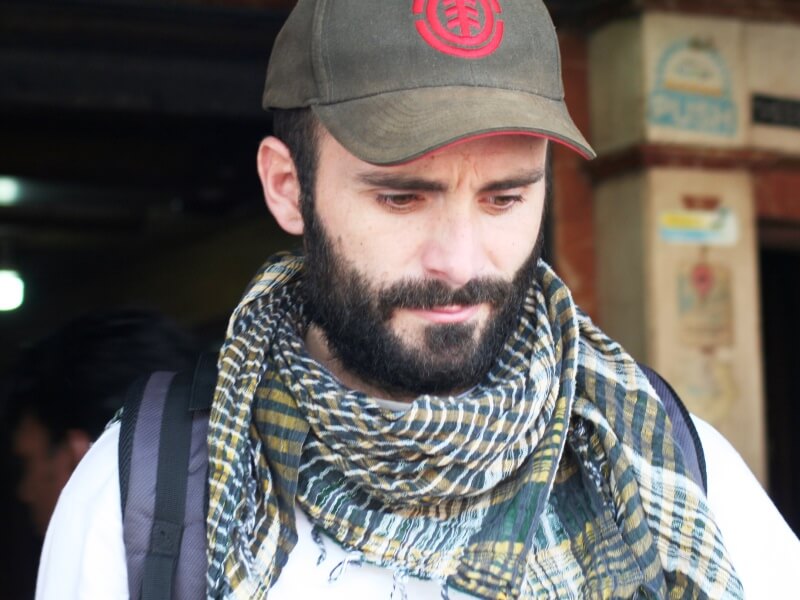
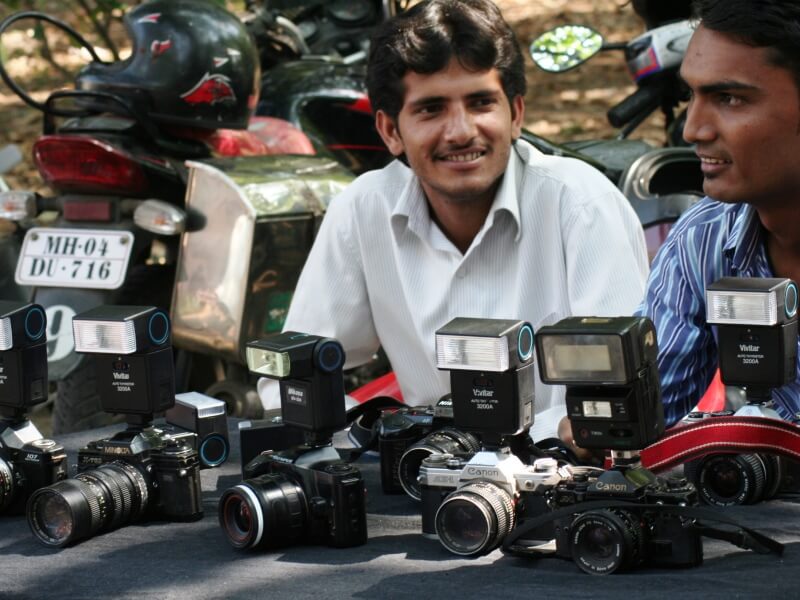
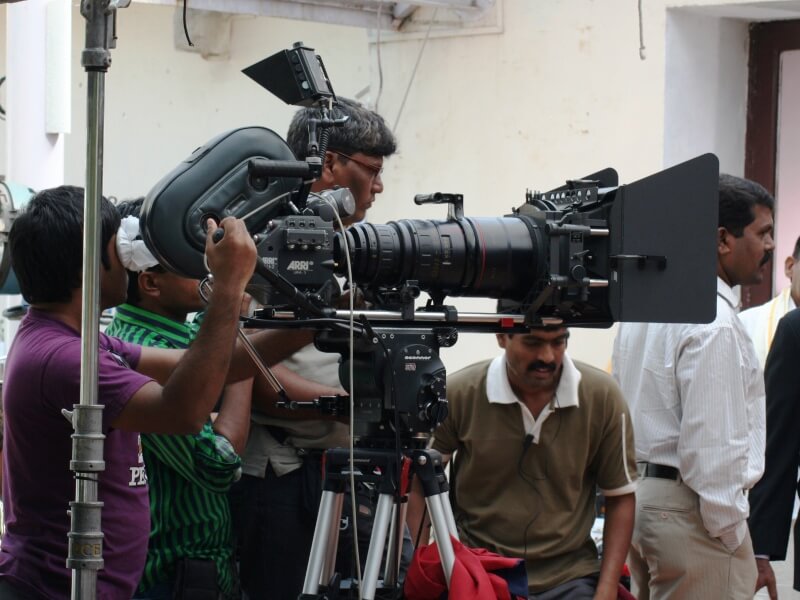
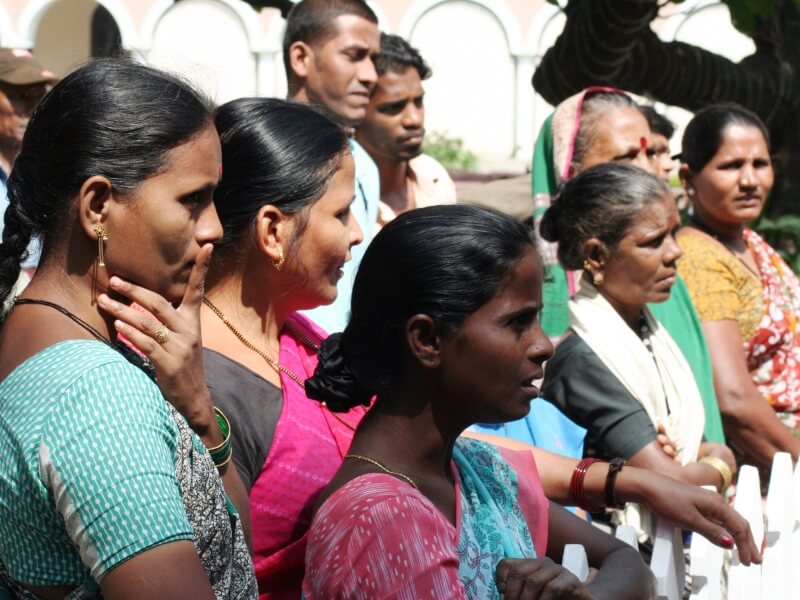
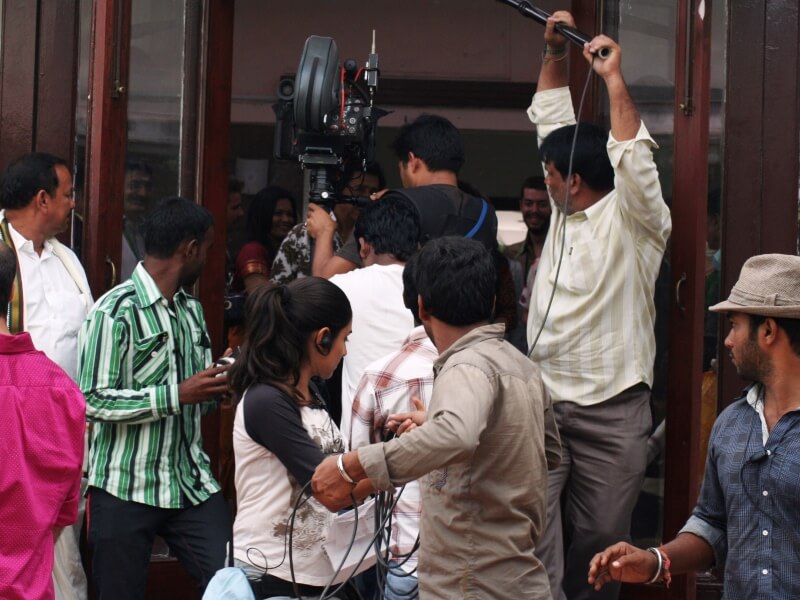
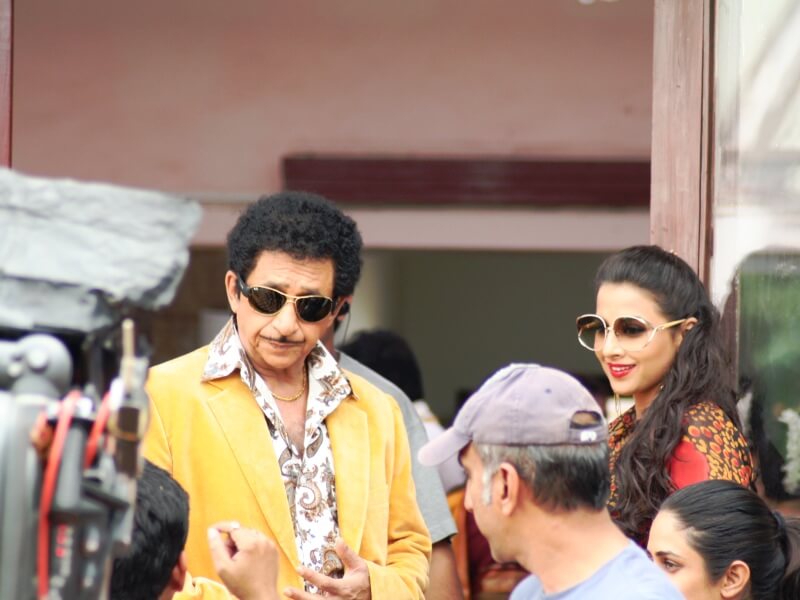
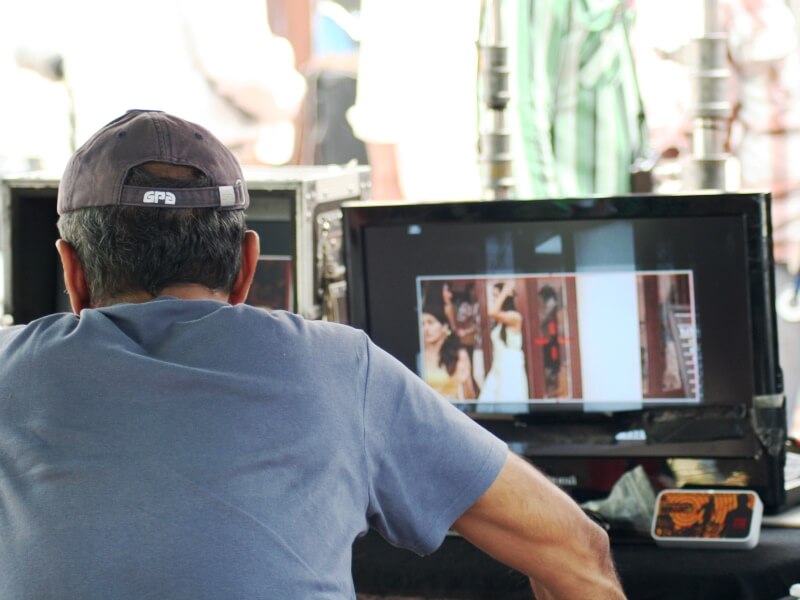

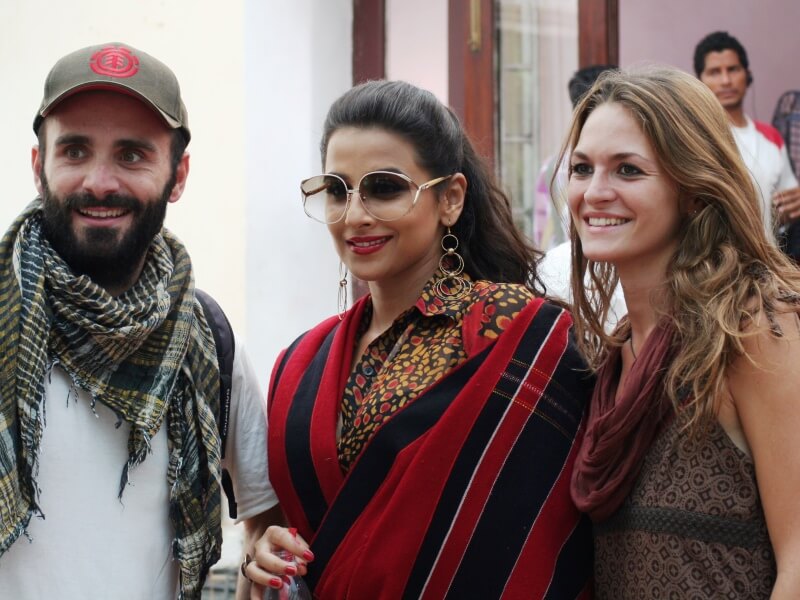
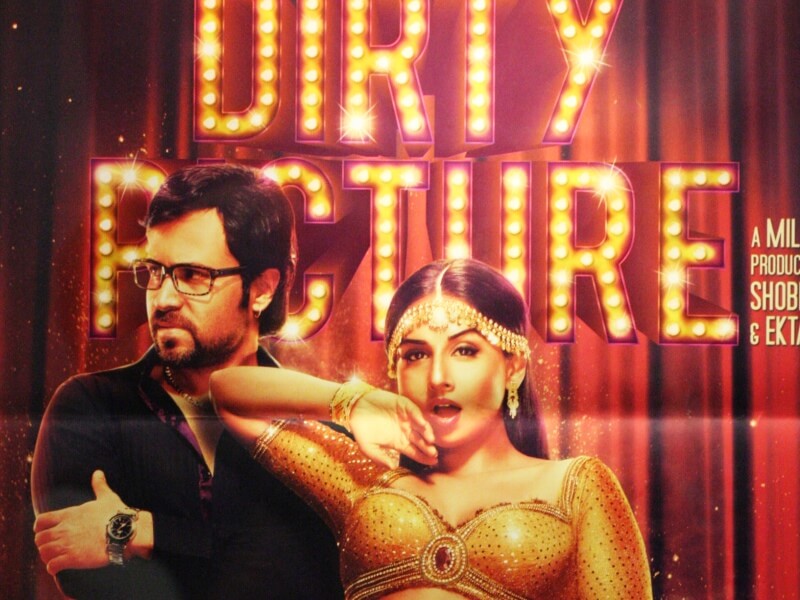
We reach the famous "Victoria Station" by train, a railway station of indisputable beauty, declared a World Heritage Site and famous also thanks to the film: "The billionaire" but above all because it is considered the largest and most popular railway station in all of Asia!
Not far away there is a large green playing field where many men dressed in pure white are moving frantically: it is a cricket field, the Indian national sport!
We stay a while to observe them before jumping into an old colonial taxi headed to "Mani Bhavan"!
Here Mahatma Gandhi stayed from 1917 to 1934 and from here began his great revolt supported by the philosophy of "non-violence".
What a strange feeling to think that this little big man had walked on those same tiles!
Now this building has been turned into a kind of museum that manages to keep its memory alive.
"The more empty one is, the more one loves to emerge, one is like containers full of nothing, floating on the surface of the water".
- Mahatma Gandhi -
“Haji Ali Mosque”, a mosque dedicated to a Muslim saint who died during a pilgrimage to Mecca, whose body was later found, transported by the sea currents, to the place where this majestic mosque now stands.
You get there by walking along a long avenue where instead of street lamps you see many beggars who touch your heart.
Not far away is the famous "Dhobi Ghat". It is said that: "If you had your clothes washed in Bombay, you should know that in all probability they were brought to this place".
Here is an endless row of clothes hanging in the sun, people who laboriously and tirelessly work washing, wringing, drying and transporting clothes, sheets and rags of all shapes and colors!
While we wait for our night bus that will take us further south in the Goa region, we try to define our next destination.
The idea of having changed destination four times as well as not having decided yet where to go to sleep or how long to stay there almost excited me instead of worrying ... this is the beauty of traveling on an adventure without too many schemes, having the freedom to choose and often rely on the flow of events!
We are in Goa after a whole night spent on an Indian bus!
We will spend several days here in the pursuit of complete and healthy relaxation!
Morning among the stalls of the local flea market. I guess I have never seen so many freaks all together in my entire life! Coming from all over the world, of all ages and from the most diverse as well as picturesque aspects!
Goa takes you back in time, to the era of the great Portuguese navigators: Magellan, Vasco de Gama ...
The names have remained those of the time, here the locals are called: Souza, Aguiar, Lopez, Pereira ...
There are Christian churches instead of Hindu temples, it is a completely different India from the one we are used to!
I write the diary and think: I don't have to close my eyes to dream… I just have to keep them open.
Today we rent a scooter although it is super safe to drive on these roads but we do it to be able to experience this area even more freely.
On our scooter ... the air in the face, the sun illuminating the road, no thought in the head, the heart full of happiness.
We walk along a road alongside huge palm trees, banana and mango fields to reach paradise.
Mandrèm beach really left me speechless! An expanse of white sand, uninhabited, with the sun caressing us as we played in the waves, we were literally captivated by this wild and magical place.
Goa: swimming, sun, fish, relaxation ... today all day on the beach without thinking about anything ... indeed no, there was really one thing to think about: squid or king fish for dinner?
If you happen to be around here, I recommend, don't miss the local market where old and new hippies as well as, of course, the locals sell everything from spices to psychedelic items.
"Of course you need a certain appetite and a certain spirit of adaptation; but those who travel are not lacking from the former, and those who are missing from the latter do not travel.
- Fosco Maraini - (Meeting with Asia)
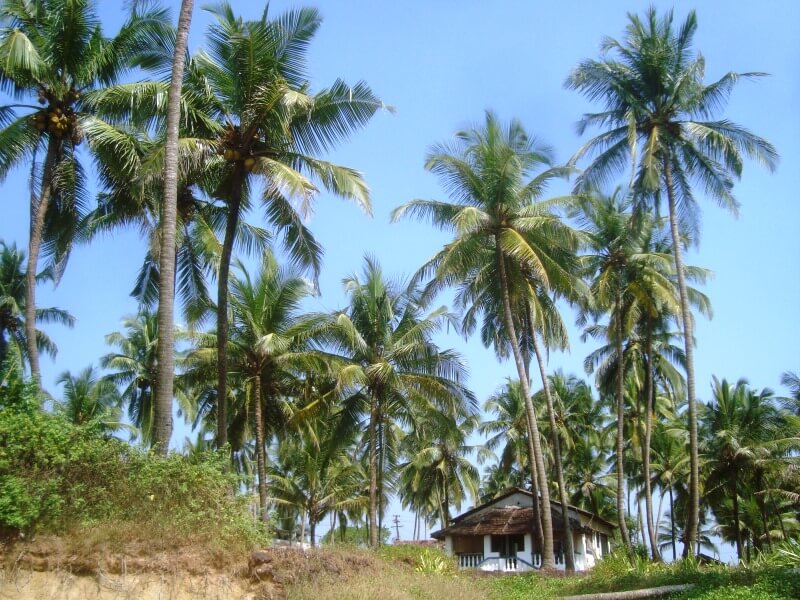
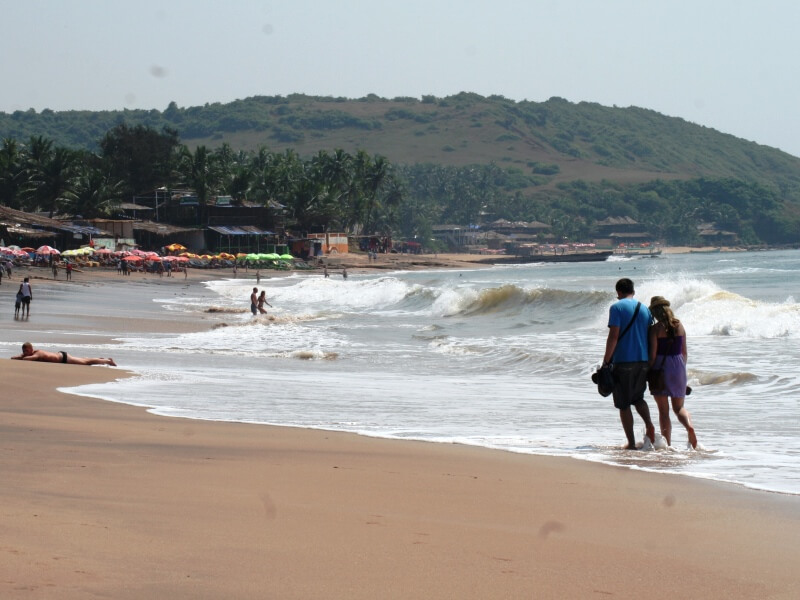
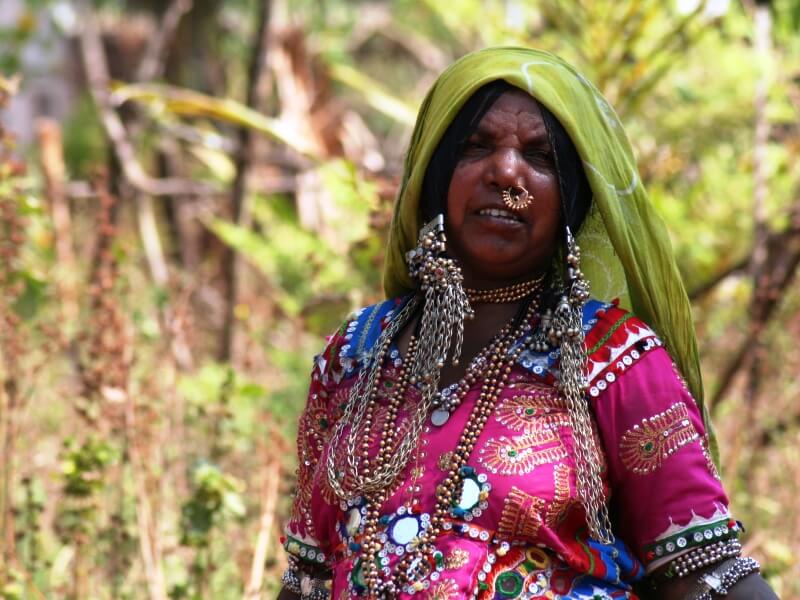
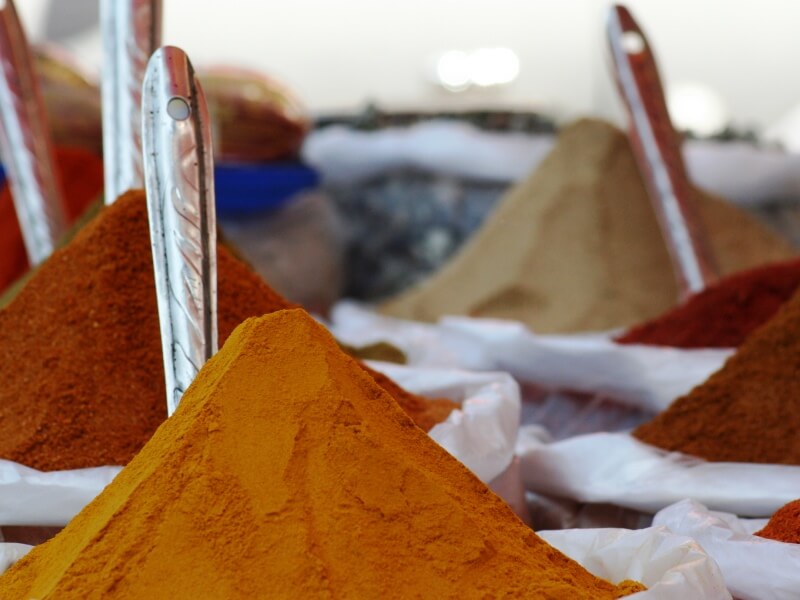
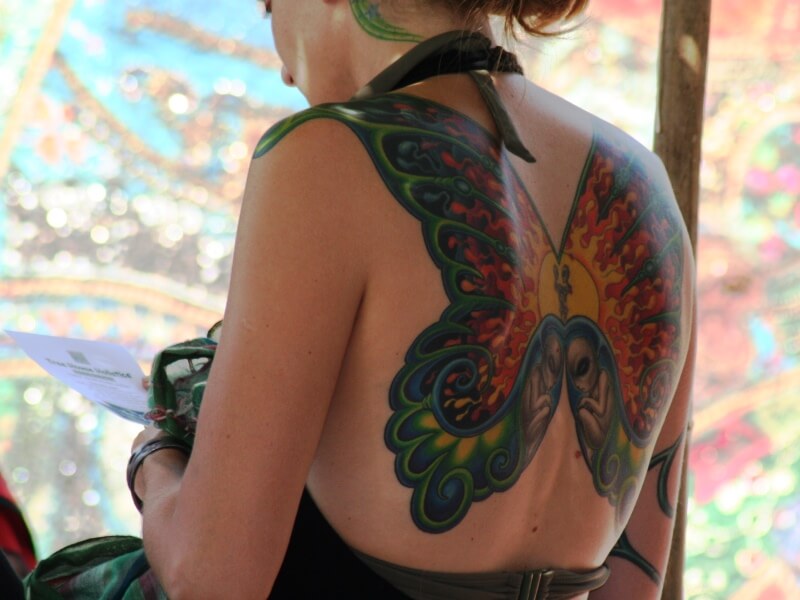
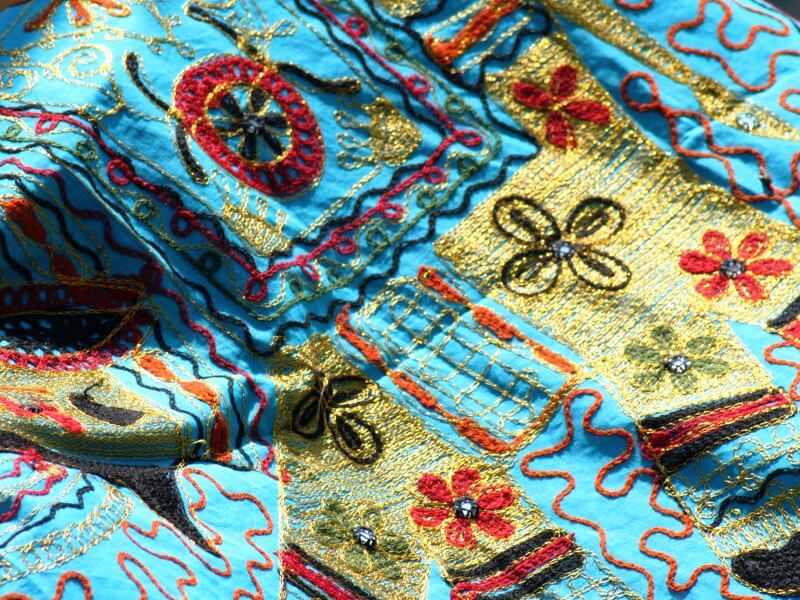
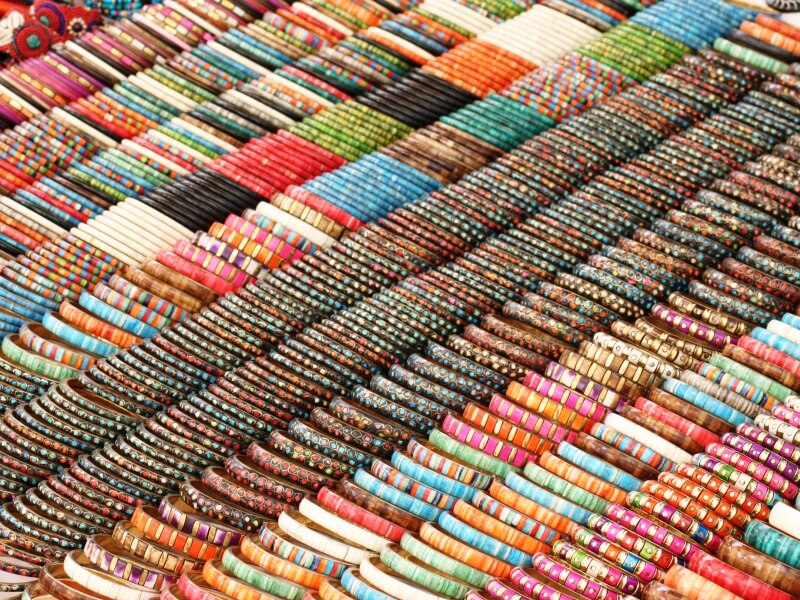
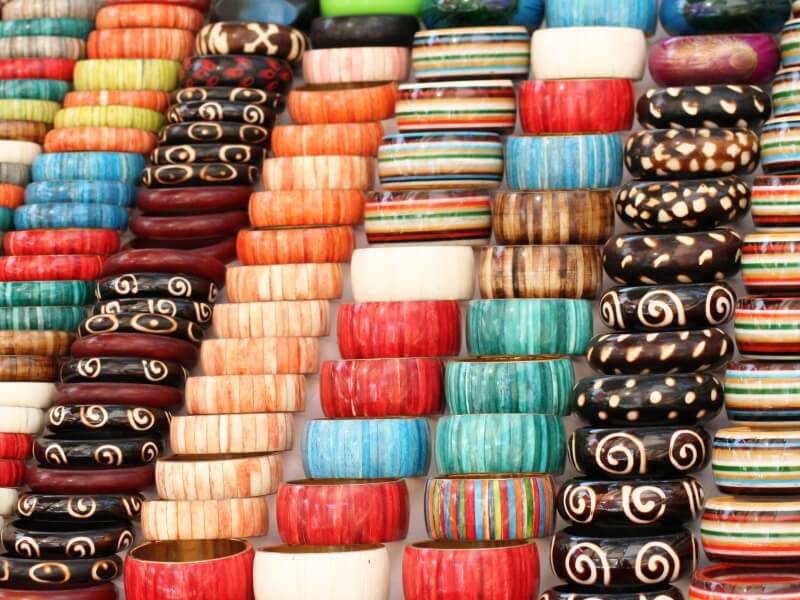
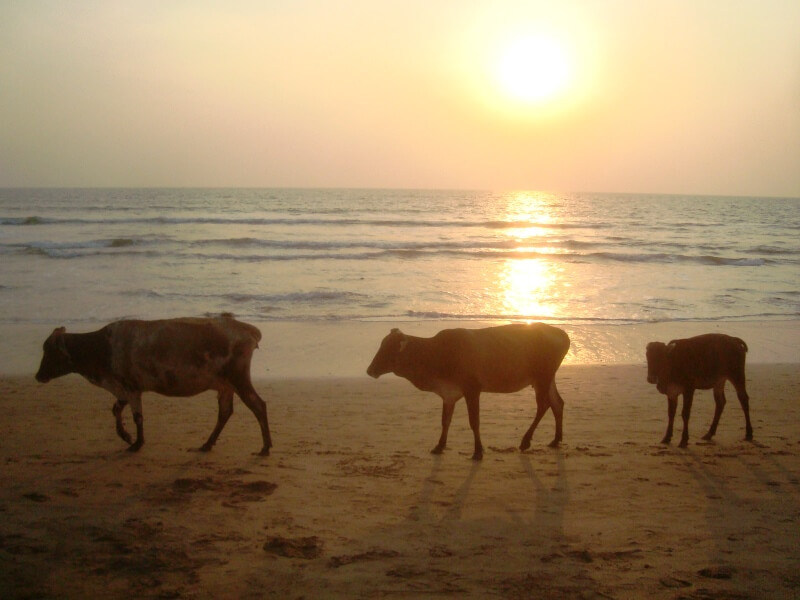
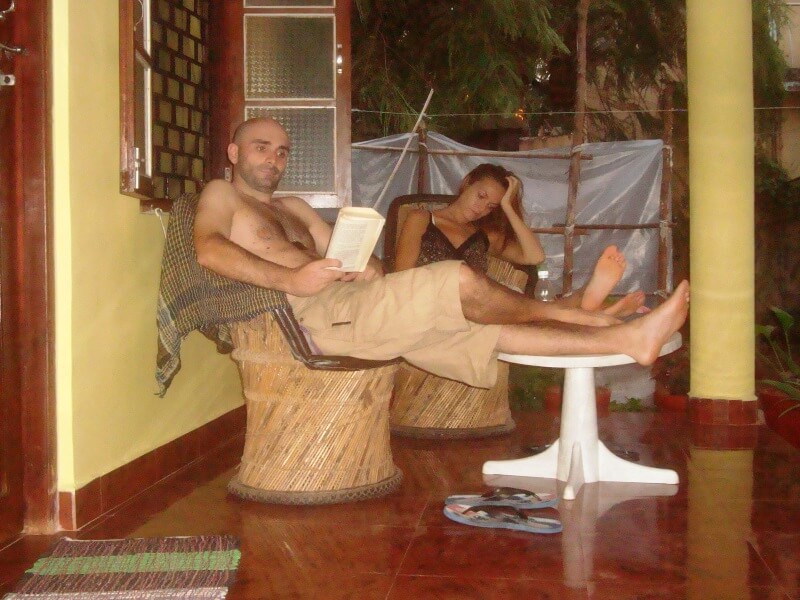
The overnight bus ride from Anjuna to Hampi was terrible.
We haven't slept at all because of the many stops and the bumpy road.
At 6.30 in the morning we finally reach our destination.
We have to wait a few hours for our room to be ready but in the meantime the owner of the Guest House informs us that his brother is getting married right in the temple next door. We certainly cannot miss this opportunity.
Quick shower and go.
In the Virupaksha Temple, I am immediately struck by the colors of the women's saris, their flowers in their hair and their flashy earrings. We take lots of photos, many of the girls and girls came from distant villages and many of them had never seen a white man ...
We witnessed an arranged marriage and the sadness on the face of the young bride was the confirmation. After admiring a series of rites with coconut, bananas, flowers, rice and incense, let's jump right nearby and find ourselves in a magical landscape. Surrounded by huge blocks of granite held in perfect balance by who knows what magic. All around us there were these stone giants!
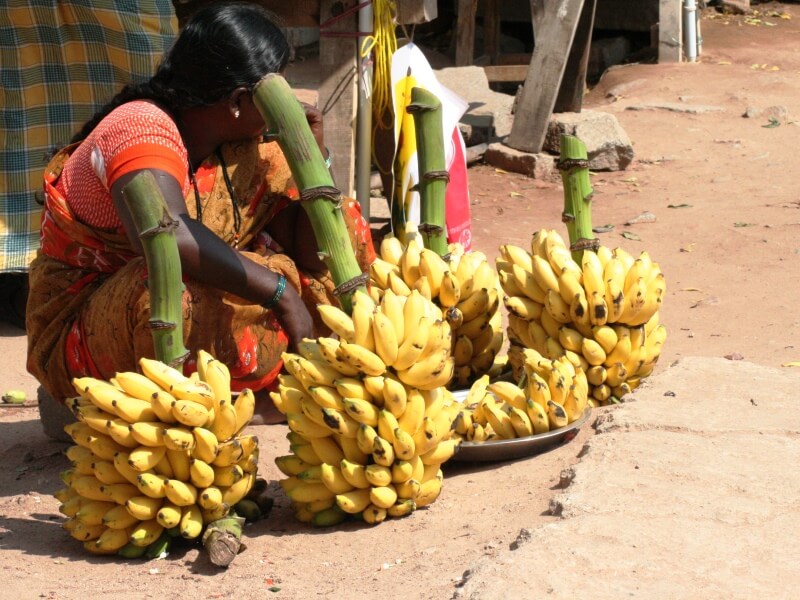
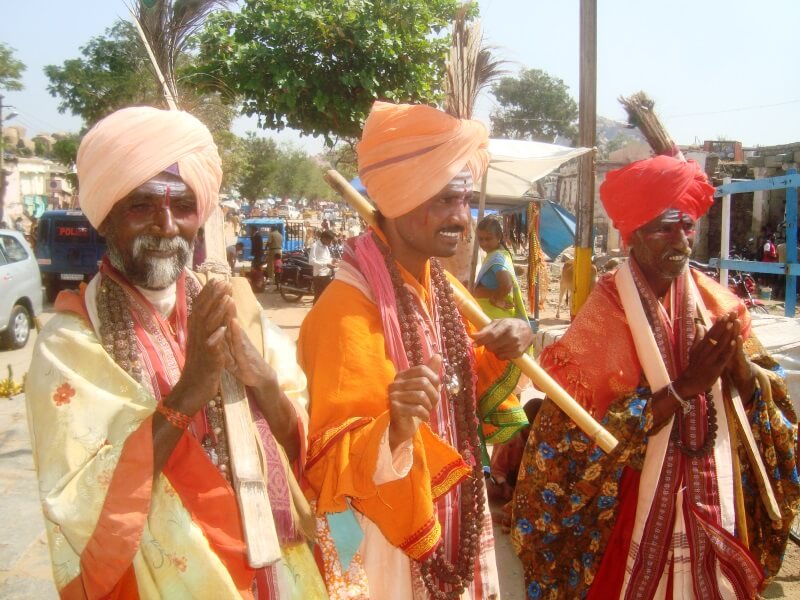
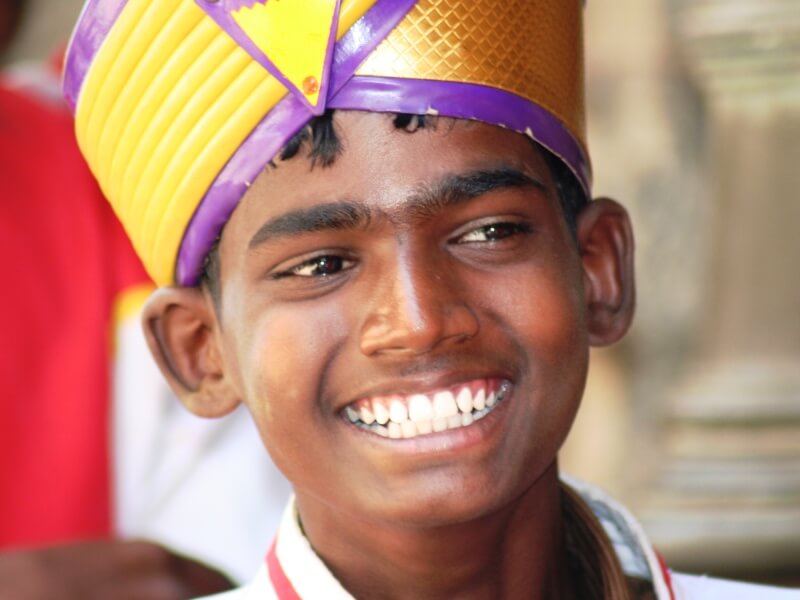
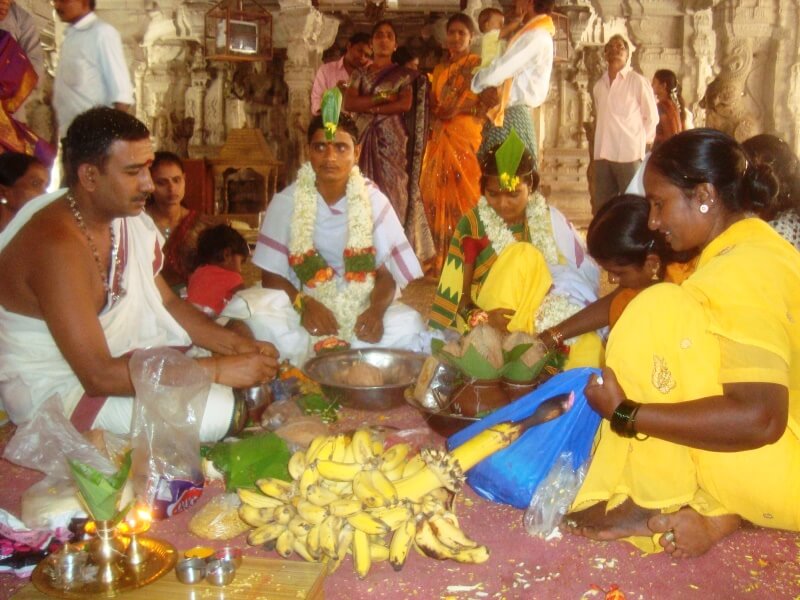
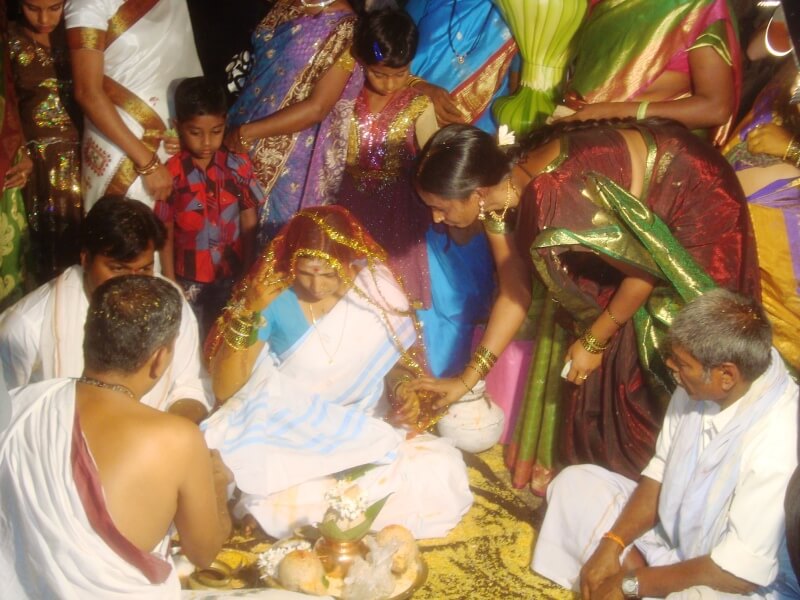
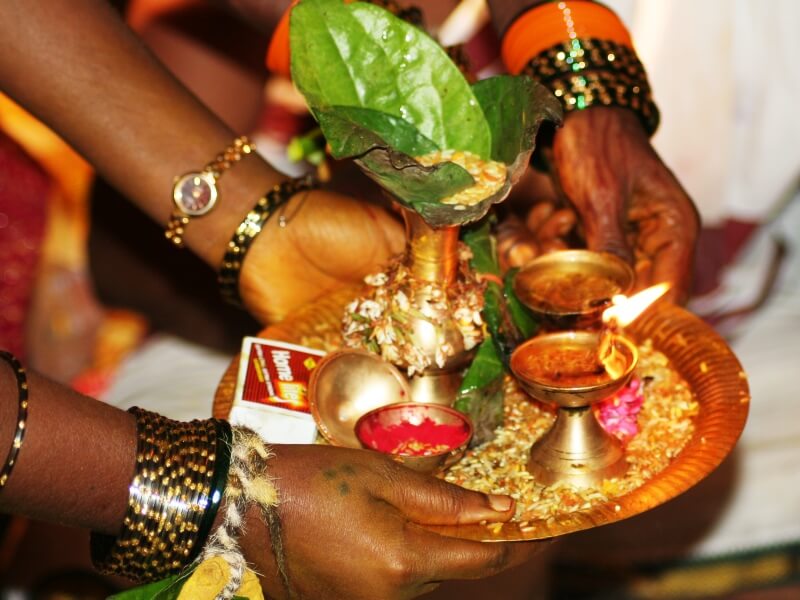
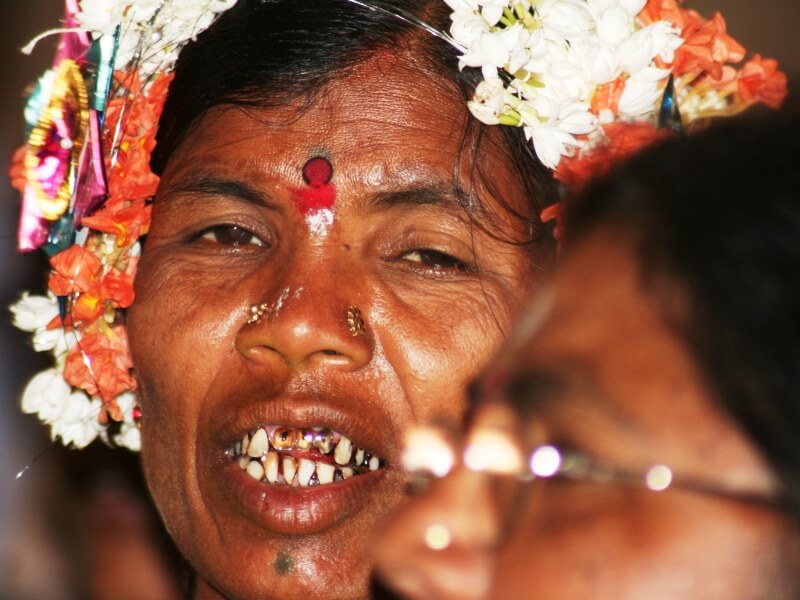
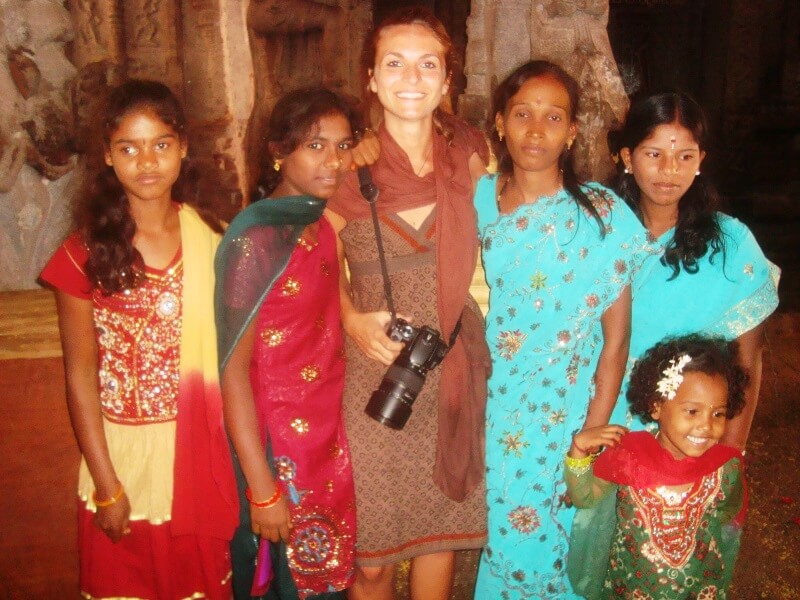
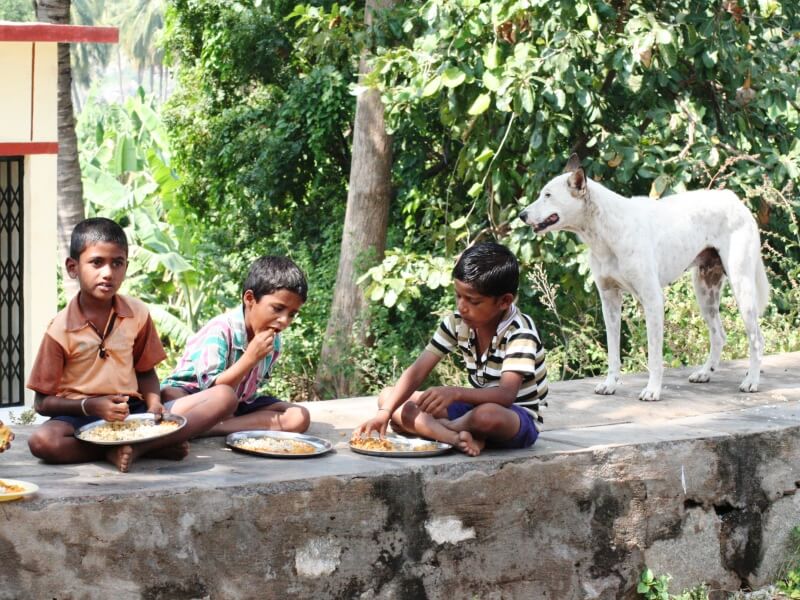
Lonely Planet recommends that we visit the "Monkey Temple", a temple perched on a hill.
We climb the many steps while some monkeys jump happily from rock to rock.
Finally on the top! An extravagant place. A holy man is blissfully seated on cloths, another intones a mantra inside another small temple followed by numerous faithful.
At dawn we head towards the Tungabhadra River, where the beautiful 22-year-old Lakshmi bathes and gets massaged in the river every morning.
It is a much awaited rite also because Lakshmi is the sacred elephantess of the Virupaksha temple!
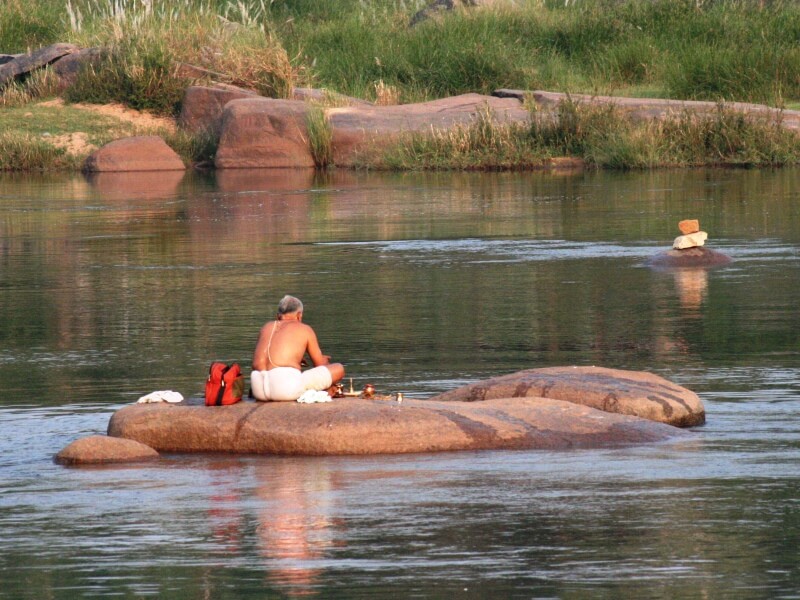
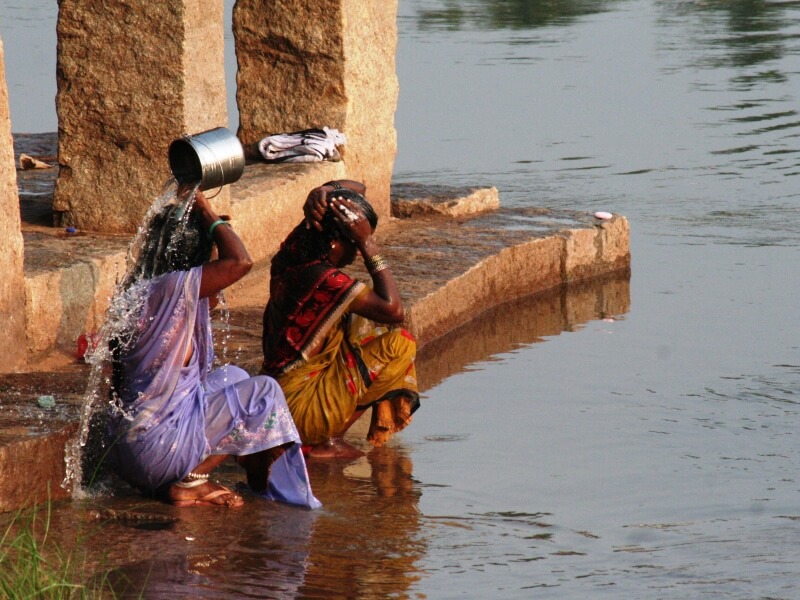
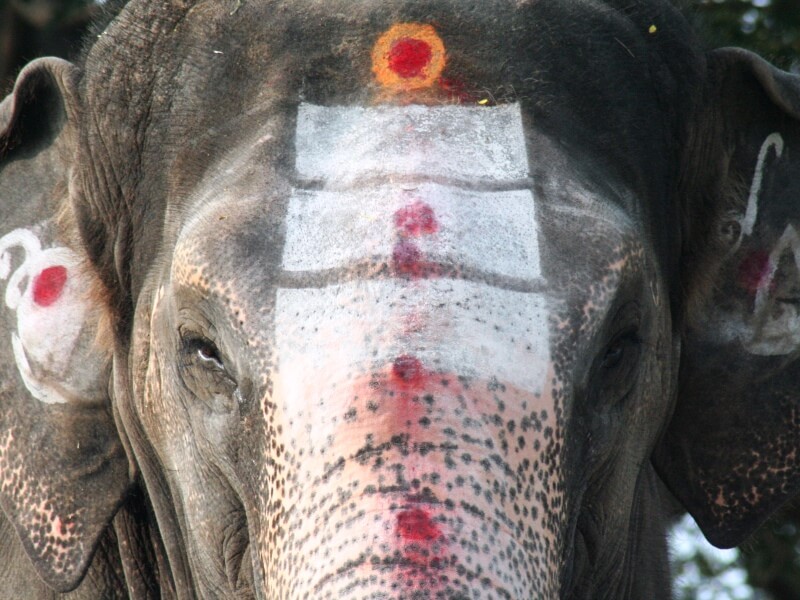
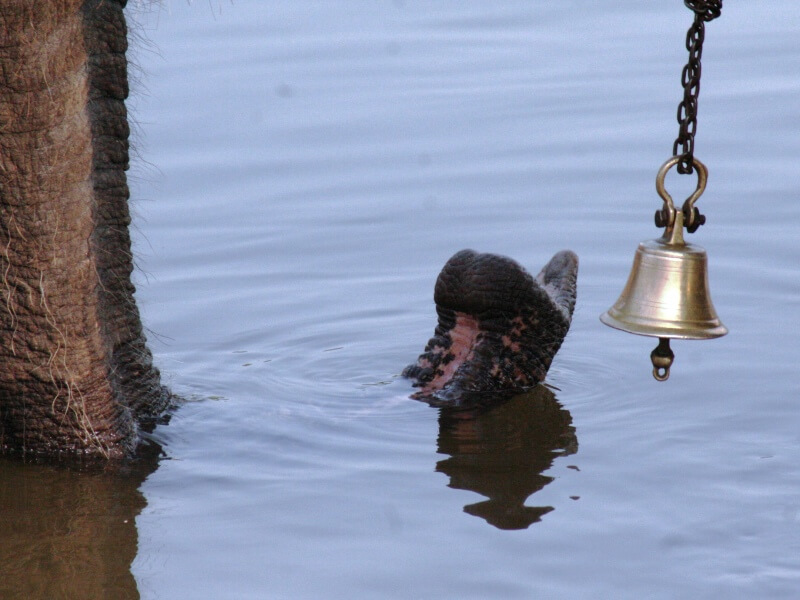
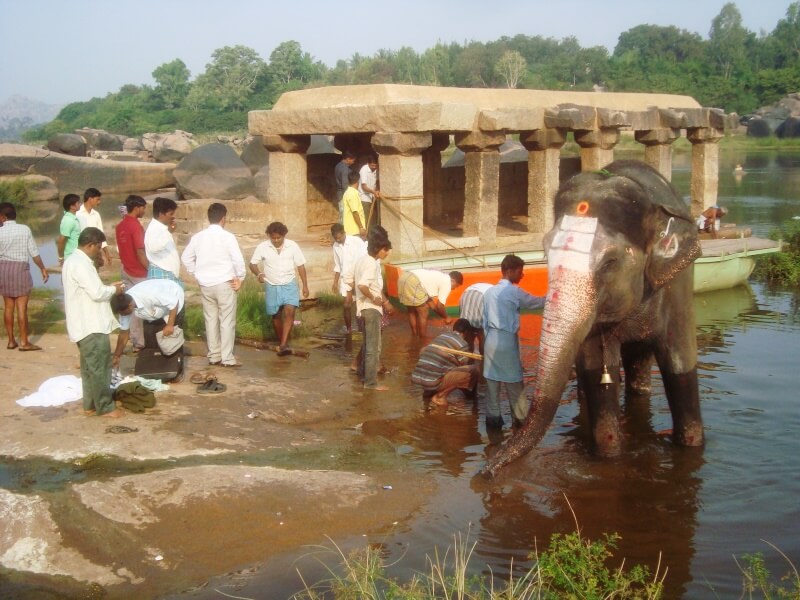
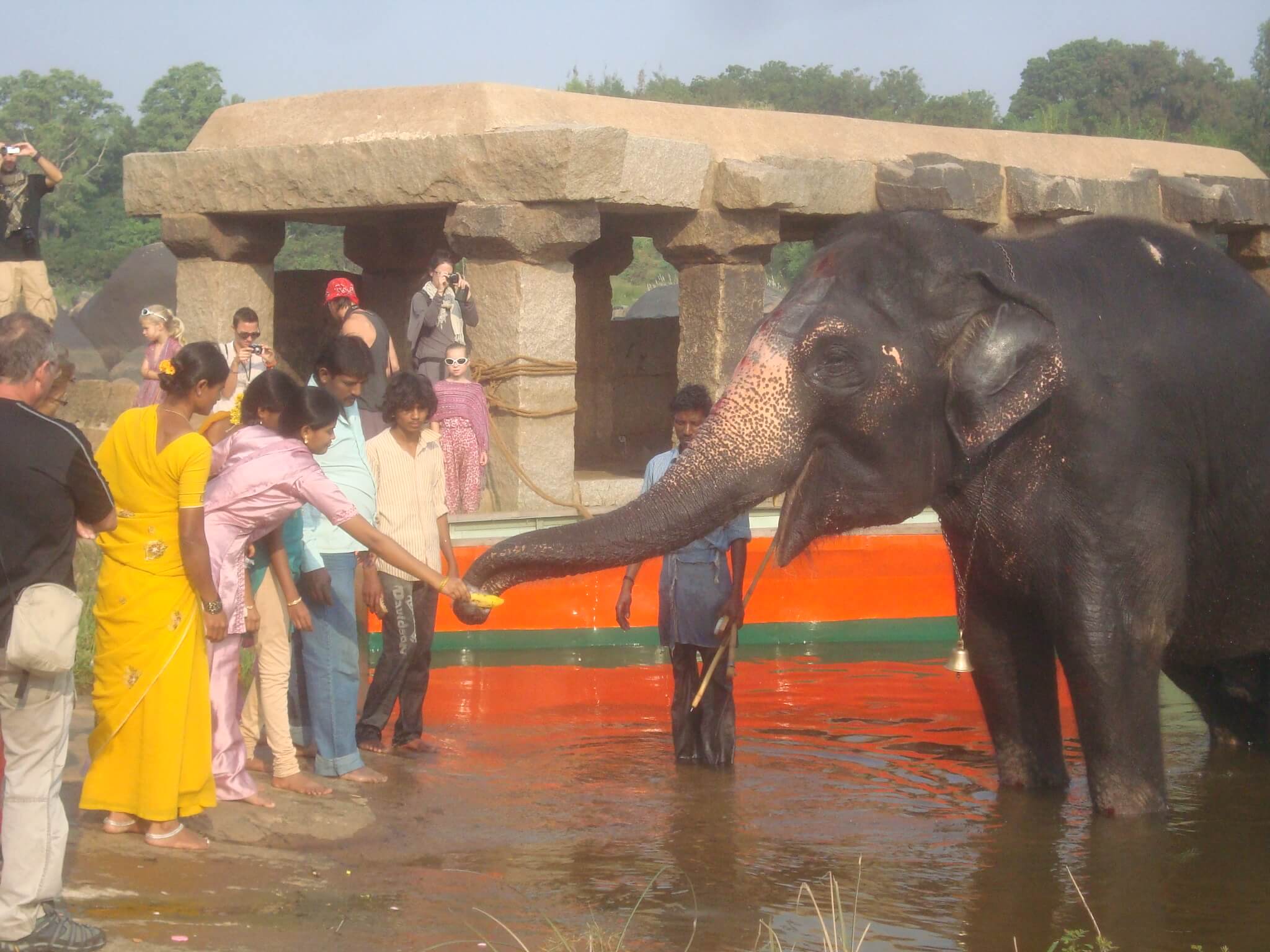
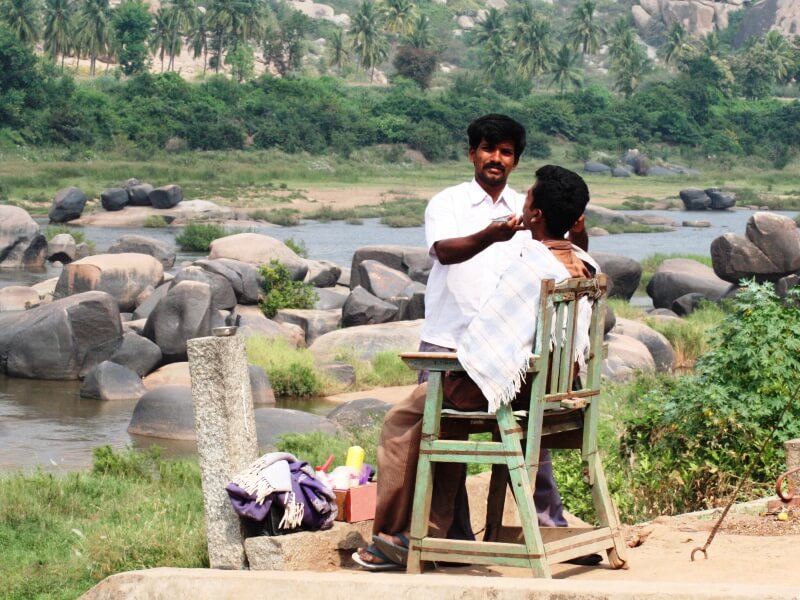
In the afternoon we run into a small school-orphanage and the temptation to spend a few hours with those sweet children is so great ... here we are shortly after dancing, playing and joking with them! Can we do more? Absolutely yes, and it is something we will realize soon! Maybe in the company of our children!
"What we do it's just a drop in the ocean. but if there wasn't that drop the ocean would be missing ".
- Mother Teresa of Calcutta -
Bengalore is a city in constant evolution, especially in the technological and IT fields and, after three days I admit to having found it rather cold and without personality despite being called "the garden city of India", because it is dotted with parks (Freedom Park, Cubbon) , botanical gardens (Lal Bagh) and green areas in which to take enchanting relaxing and regenerating breaks.
Here too we experience the precious experience of couchsurfing, guests of the Anchal family with whom we share some interesting days as Indians!
I will never forget the many cricket matches watched with elderly dad and the parties in the city with sweet Anchal!
The more traditional Indian soul of Bengalore, however, shines through above all in the atmosphere in the markets (Krishna Rajendrae) and in the bazaars, overflowing with pungent smells and bright colors.
Today we meet VJ at the flower market, he describes it as one of Bengalore's hidden secrets…
Suddenly an enchanting spectacle appears before our eyes: thousands of multicolored flowers among heady scents of all kinds while skilled merchants work tirelessly like many little ants ...
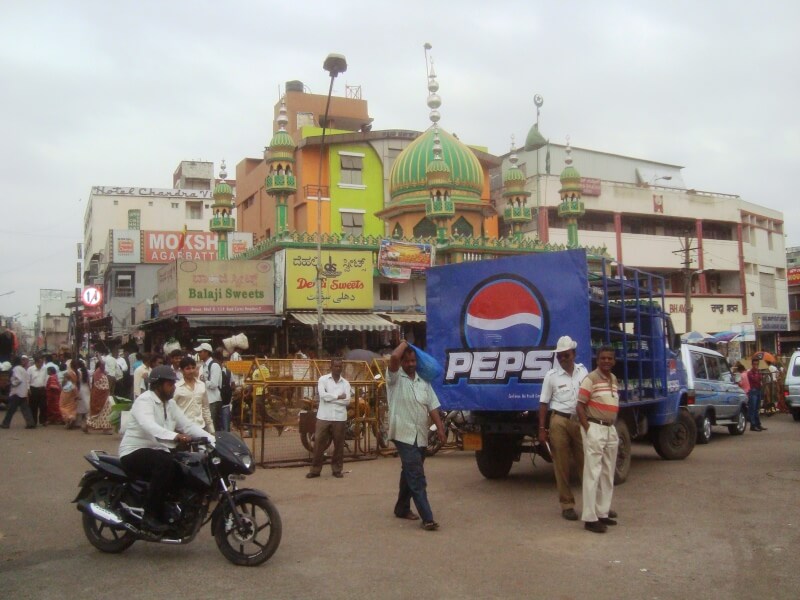
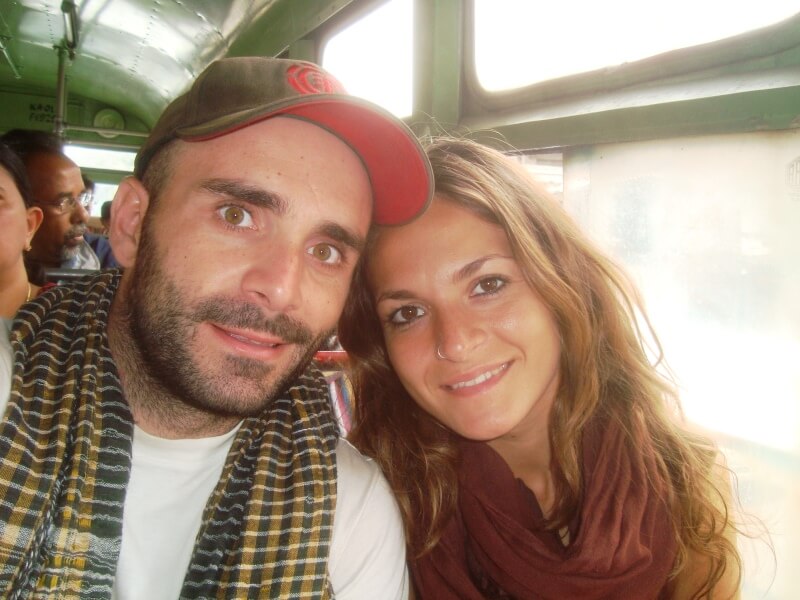
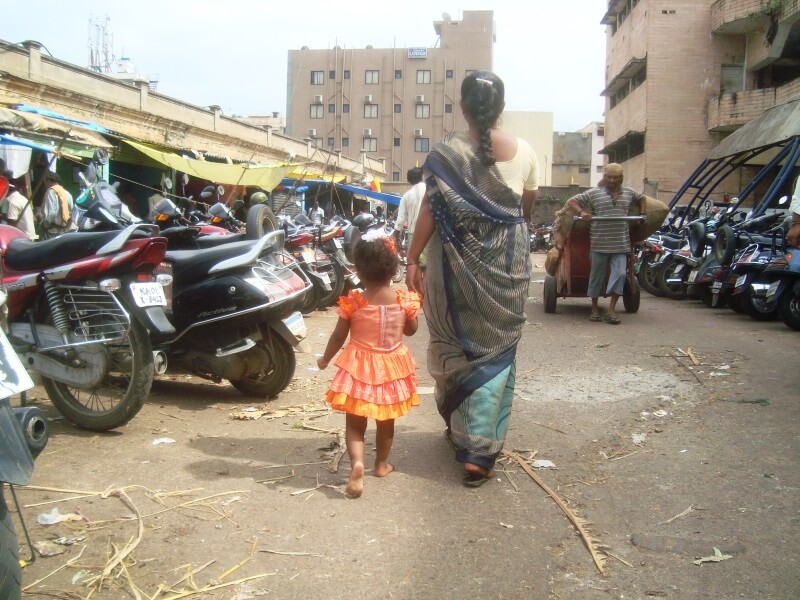
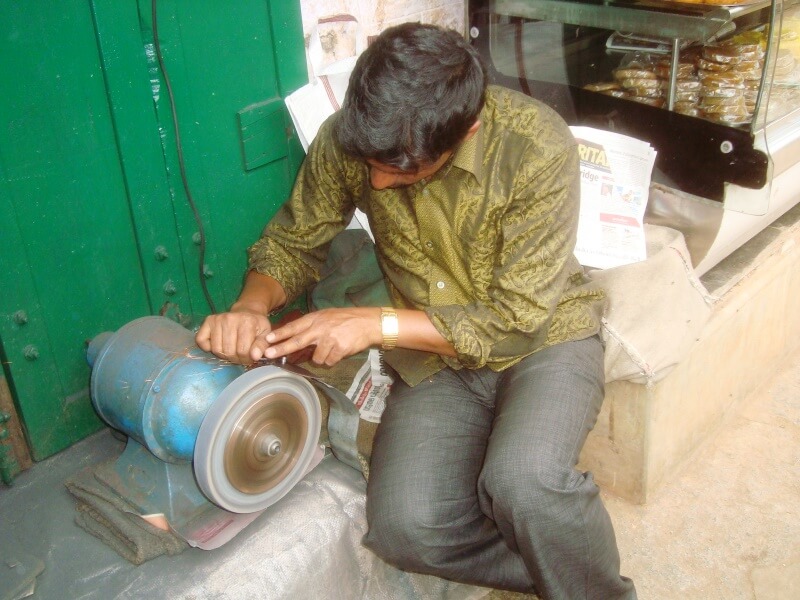
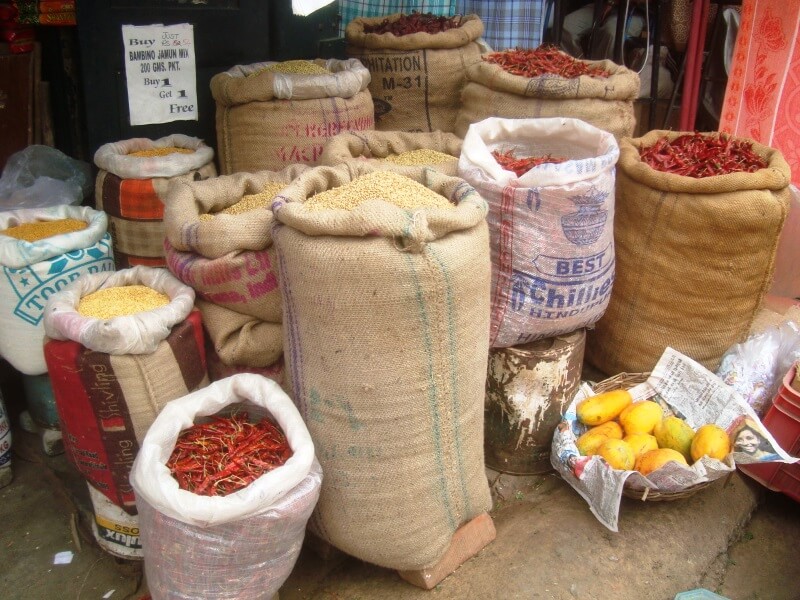
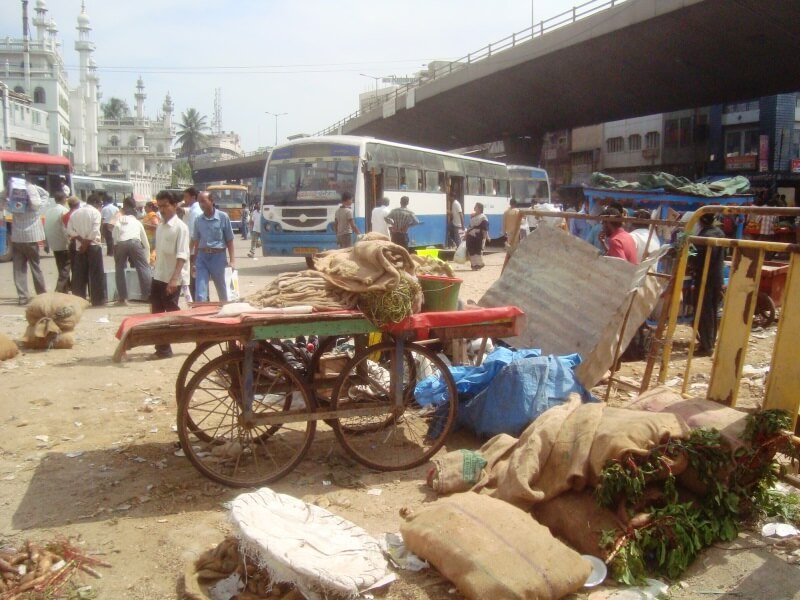
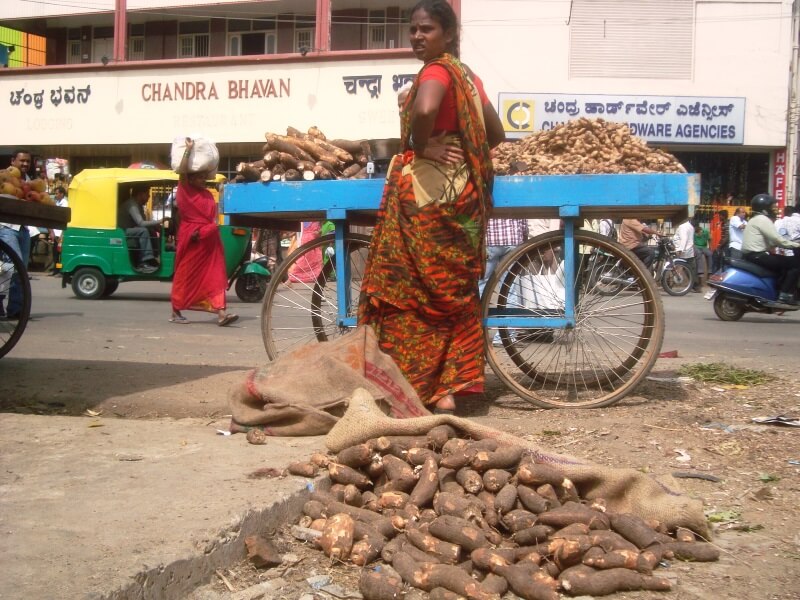
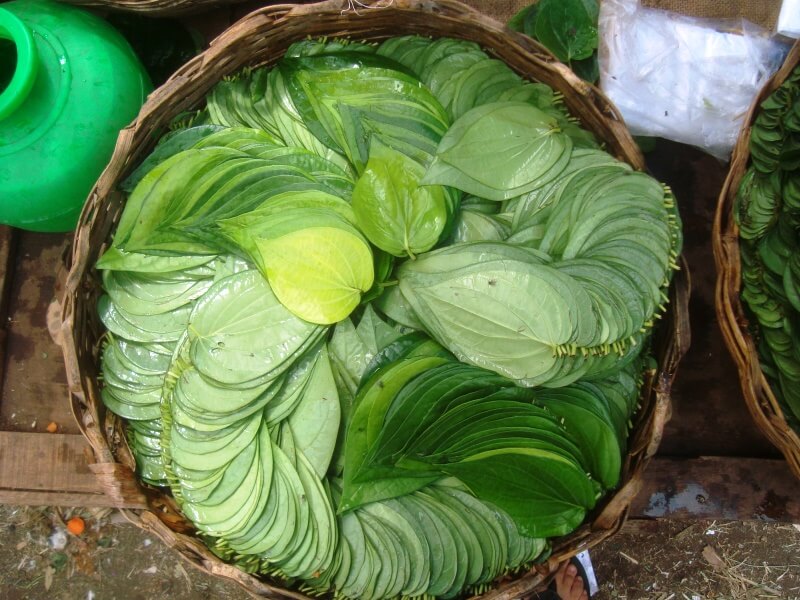
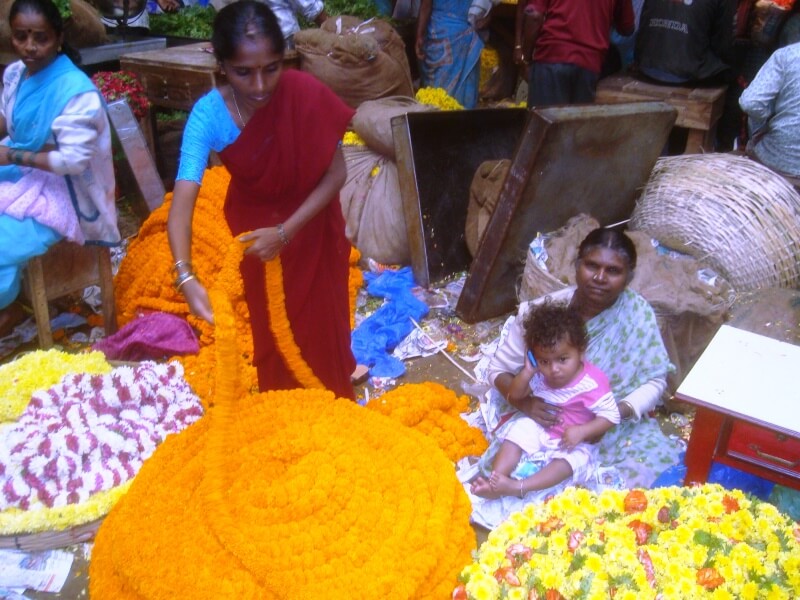
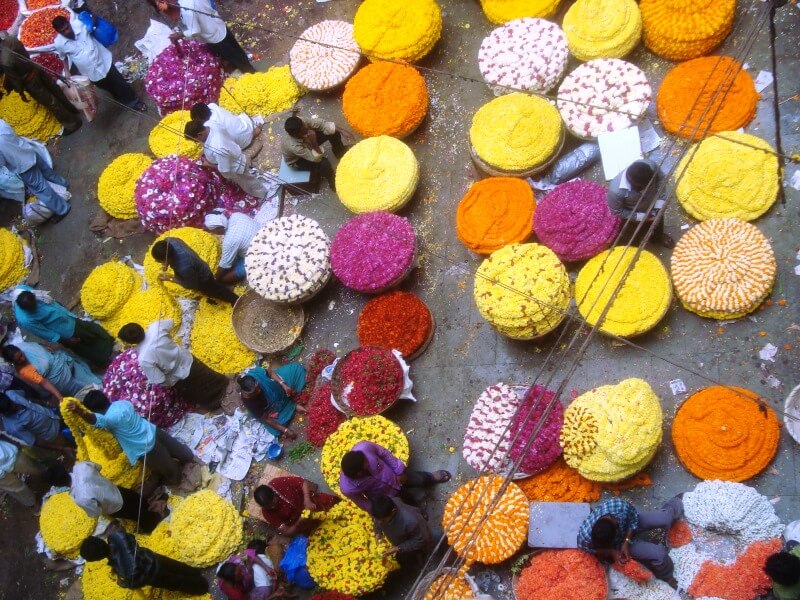
In three hours by train we reach Mysore, a city in southern Karnataka and famous for the majestic “Maharaja's Palace”.
Silk fabrics, sandalwood, incense, essences, fruit, flower garlands are just some of the products that are traded everywhere on its streets.
Lured by a shrewd (according to him) merchant struck by my "positive karma", we take a tour of the town visiting workshops of artisans who inlay wood or make the famous Indian cigarettes or work incense ...
The "Maharaja's Palace", made even more fascinating by the idea that it is still inhabited by the Maharaja, is considered the most grandiose in all of India.
The paintings depicting the various celebrations or public exits of the nobleman are wonderful and the large colored rooms are fascinating; Indo-Saracen, Islamic, Rajput and sometimes Gothic architectural elements decorate both the external facades and the large internal rooms.
The palace is still today the official residence of the Wodeyar family who ruled the Kingdom of Mysore from 1399 to 1947 (the year of independence).
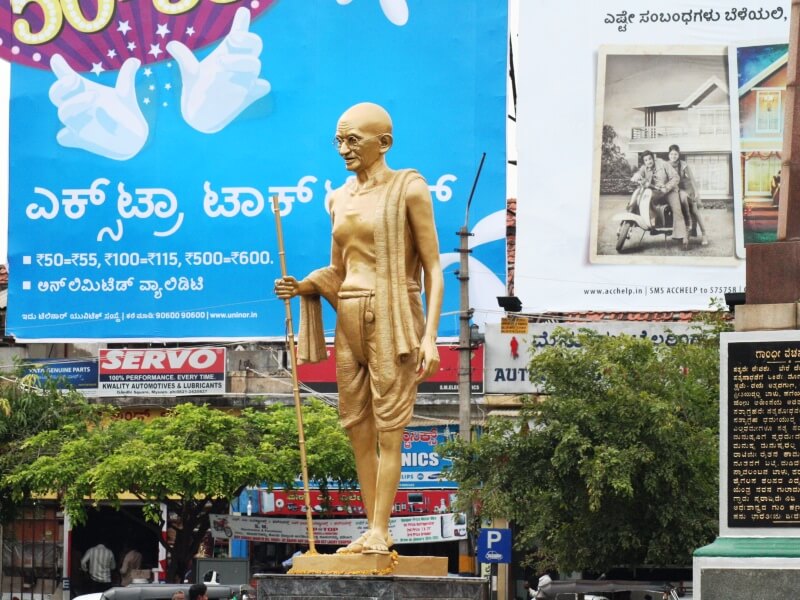
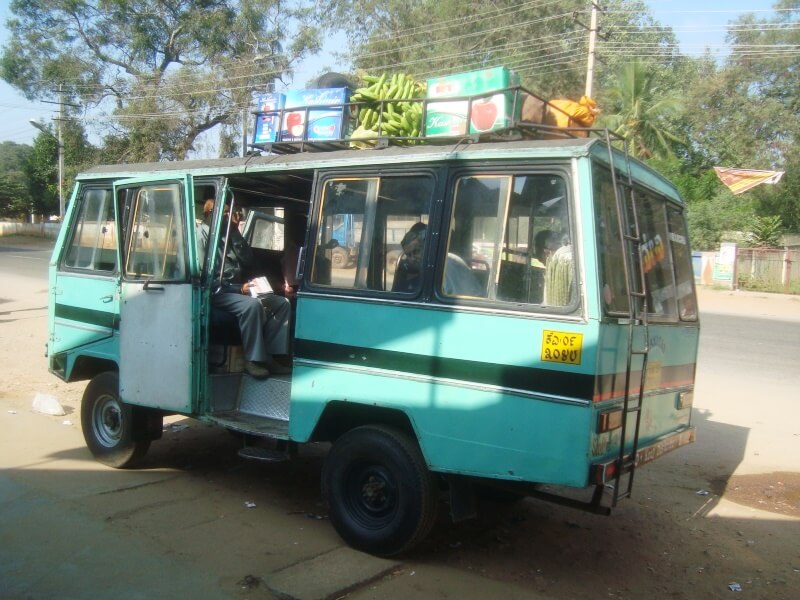
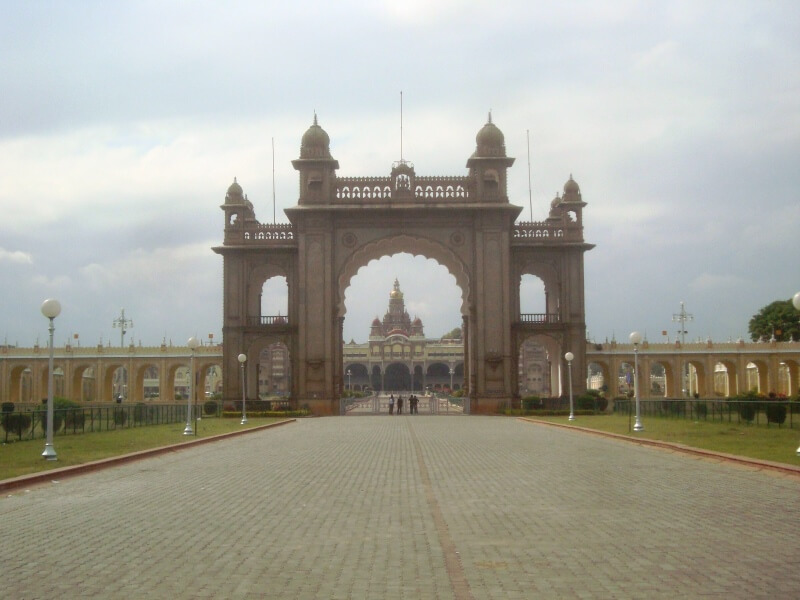
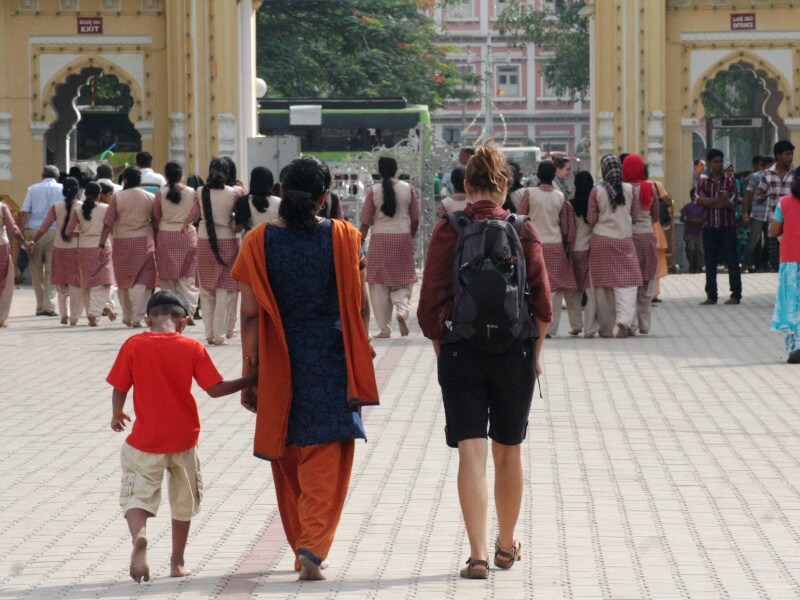
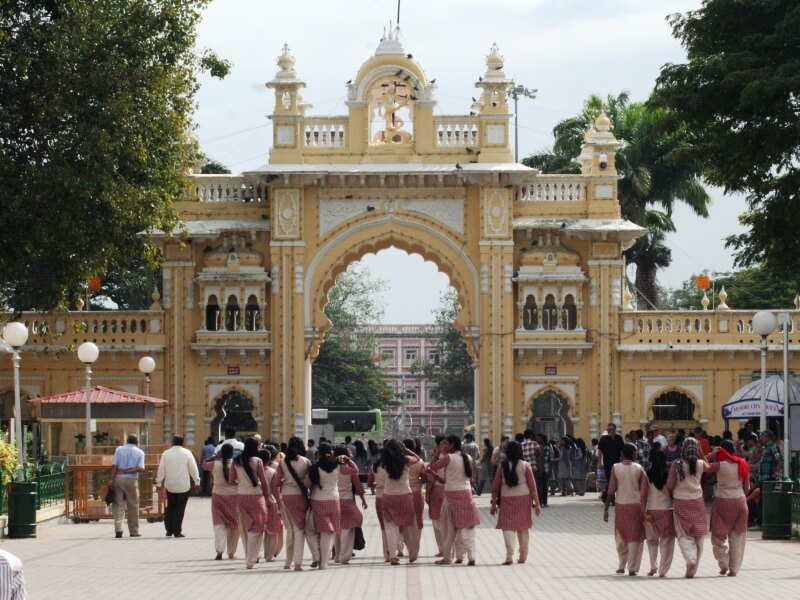

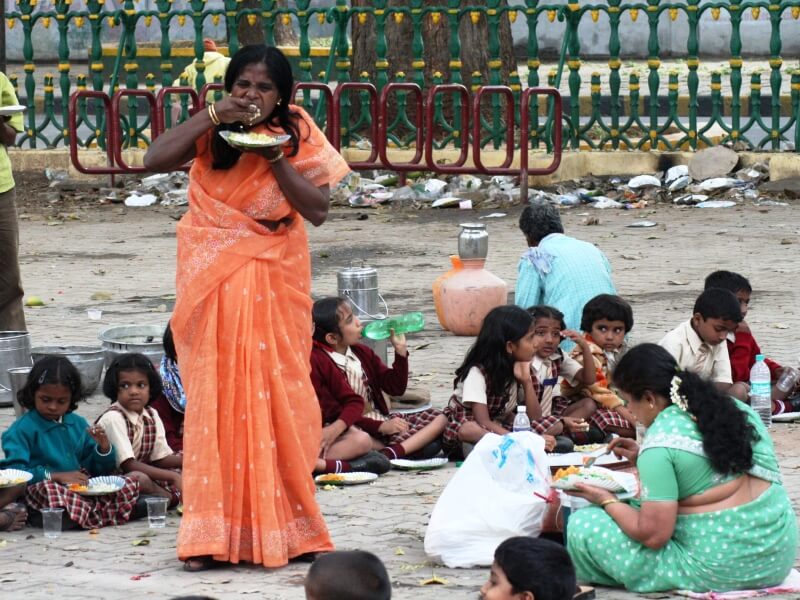
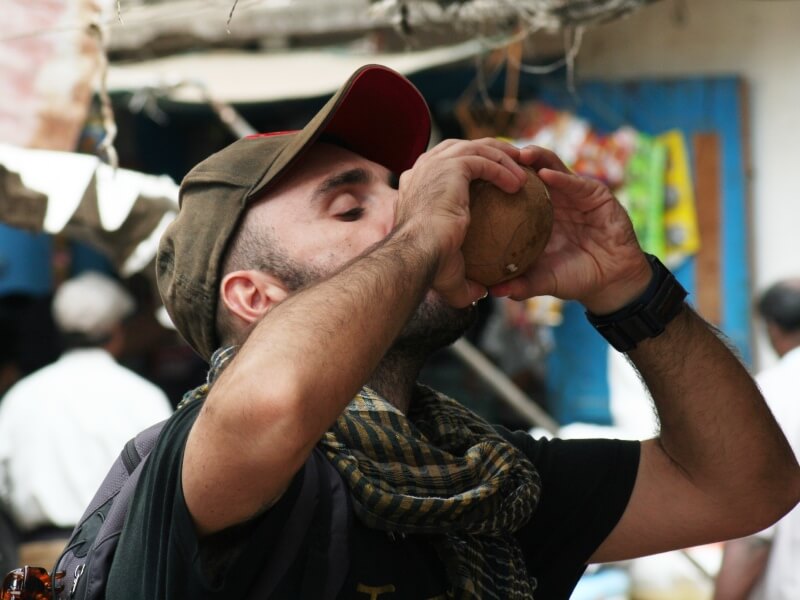
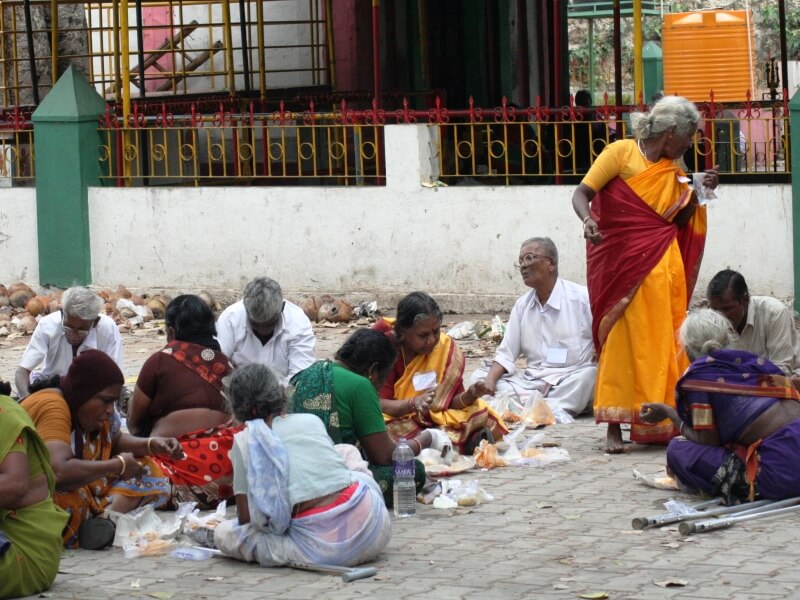
Before leaving by bus we stop for the blessing. A holy man gets on board with flowers and a saucer full of incense and strange powders then lights a small candle and passing by each passenger touches the flame ... after this ritual we are ready to go!
Six hours later we arrive in distant Ooty. We are located in the Nilgiri district, at an altitude between 900 and 2636 meters above sea level, where the state of Tamil Nadu meets those of Kerala and Karnataka, between the ancient mountains of the Western Ghats range. The district takes its name from the “Nilgiri” hills, the “blue hills” so called due to the purple color of the “kurinji” flowers which, when they bloom, cover the mantle.
We are in the high mountains and it is cold, what a strange feeling after several months in the heat!
We walk several kilometers to find a place to sleep and with heavy backpacks on our shoulders it is quite difficult.
In the end we succeed and we spend the whole afternoon wandering around its colorful markets, the romantic lake, the crowded bus station ... Everything is very pleasant!
We are waiting for the nineteenth-century steam train, a UNESCO heritage site, which will take us to Coonoor one hour from here, higher and higher, the air is crisp, indeed it's cold!
This train from another era climbs up the mountains, crossing tea plantations and expanses of greenery everywhere.
Once at our destination, we wander aimlessly breathing the real India among the local markets and the locals!
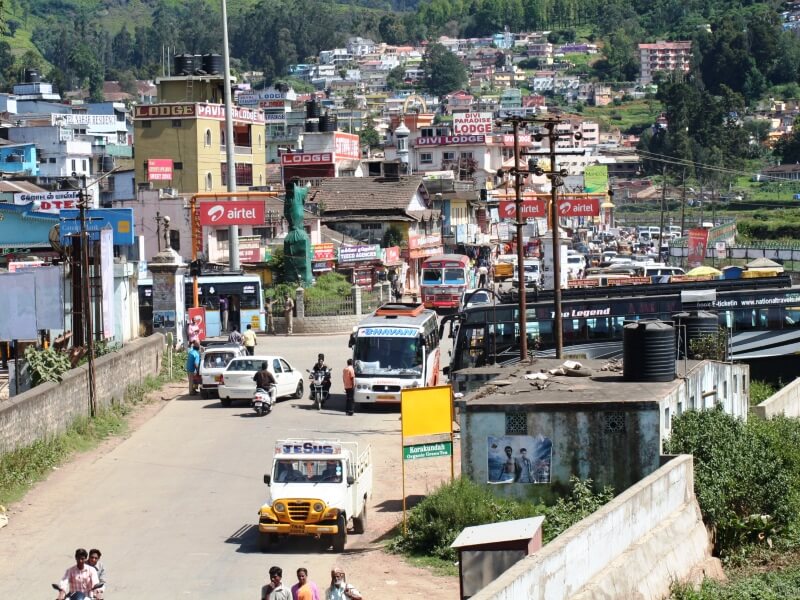
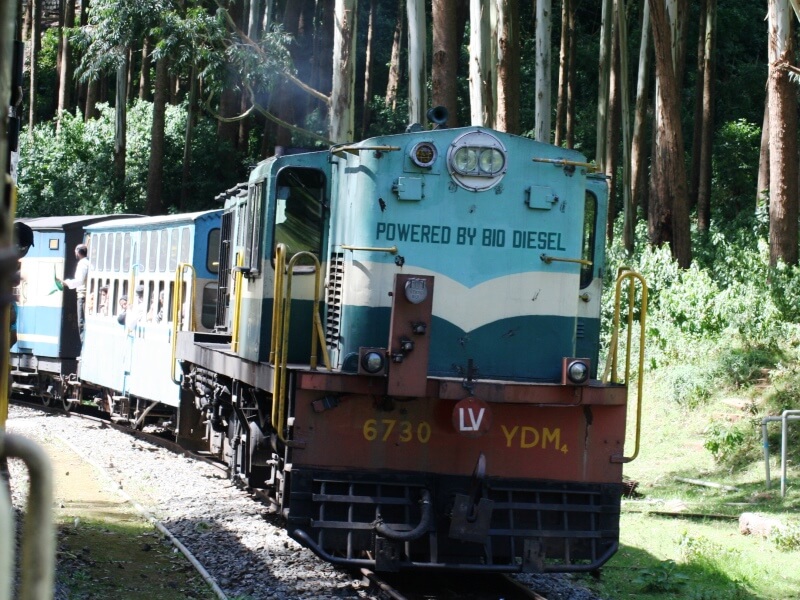
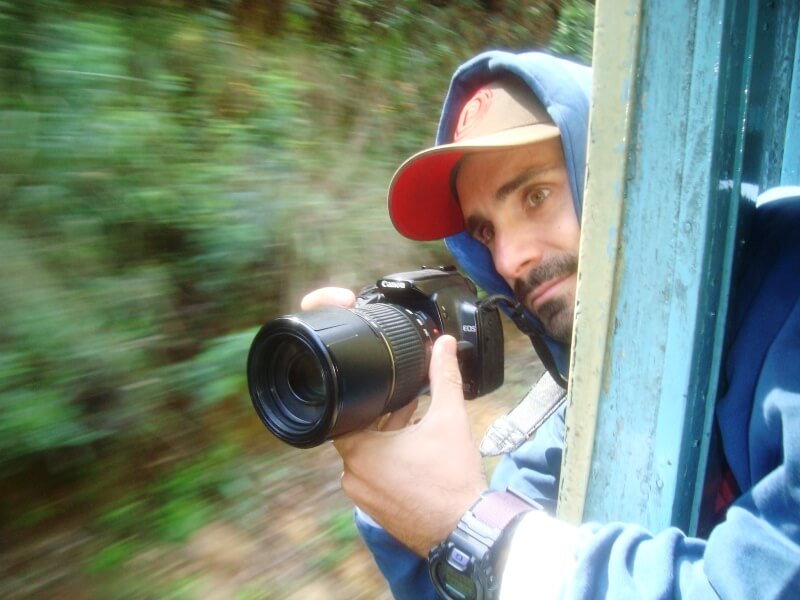
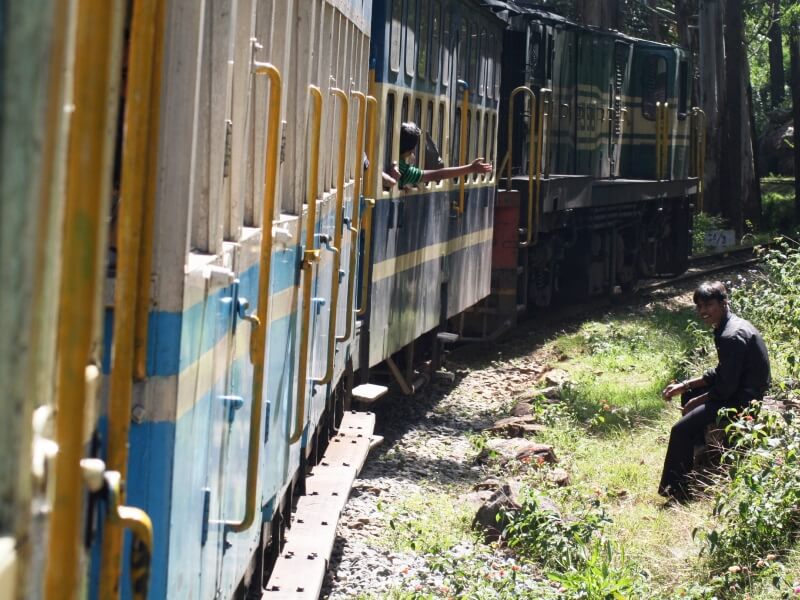
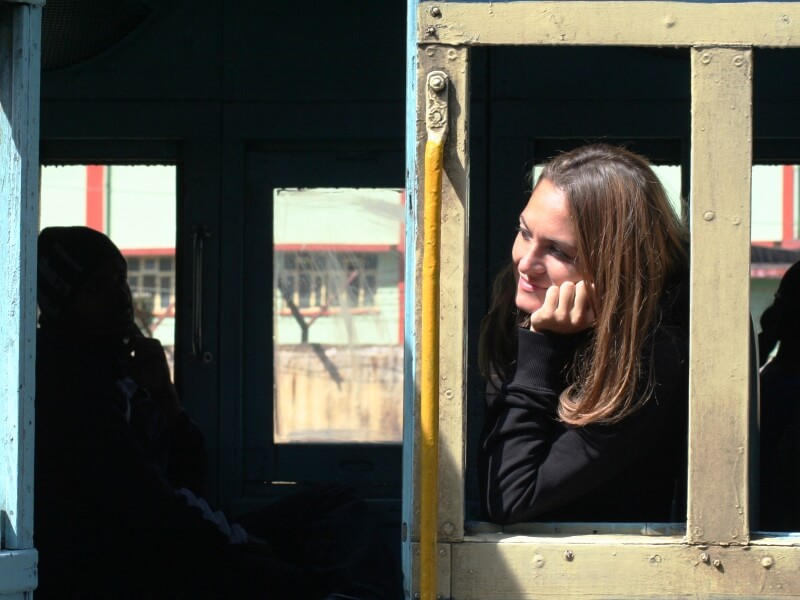
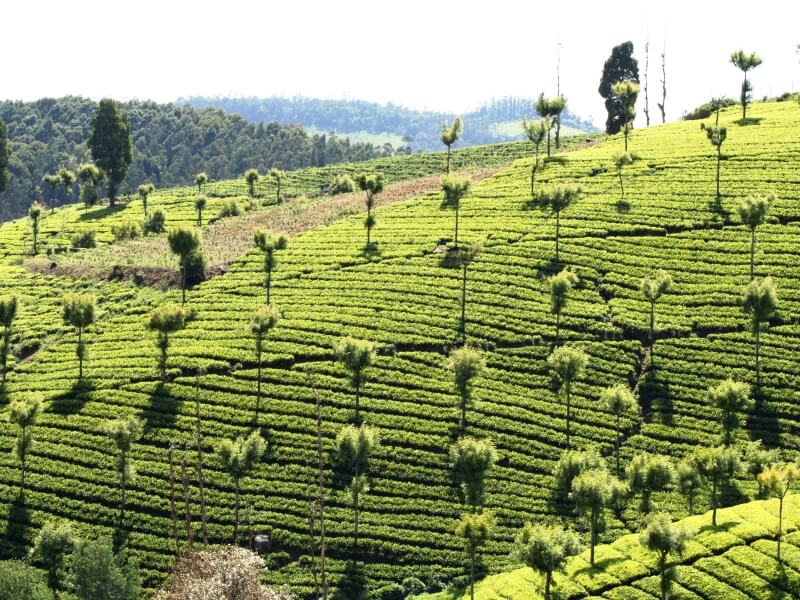
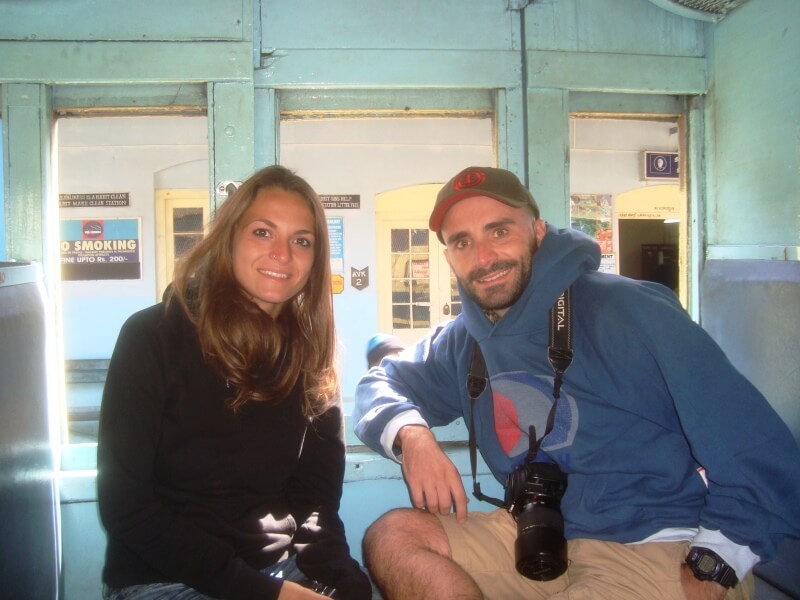

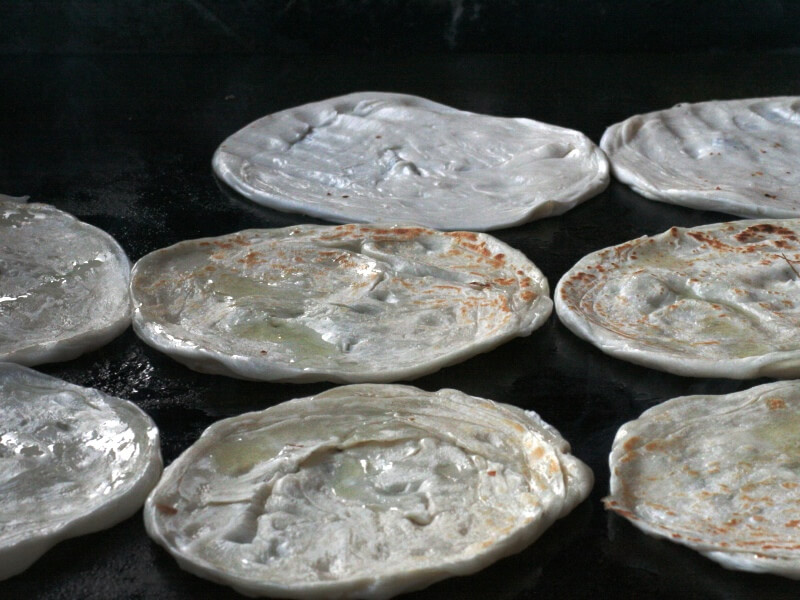
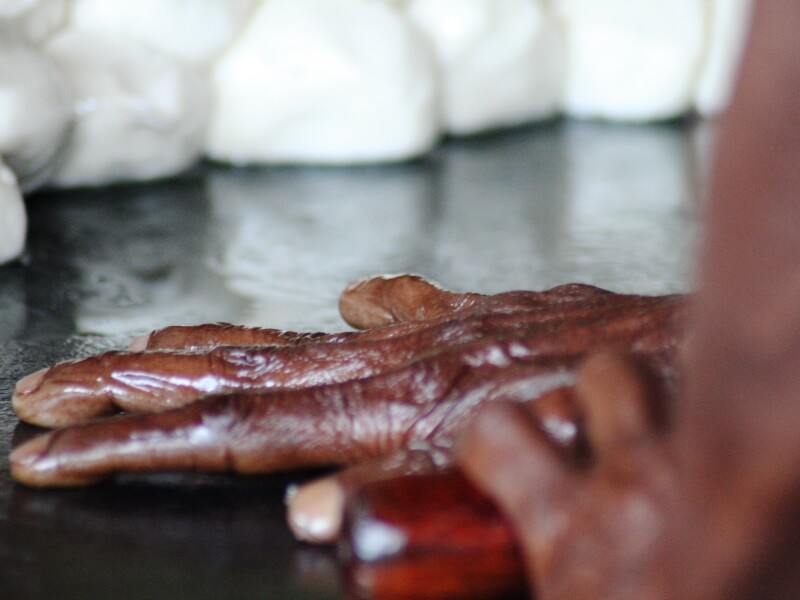
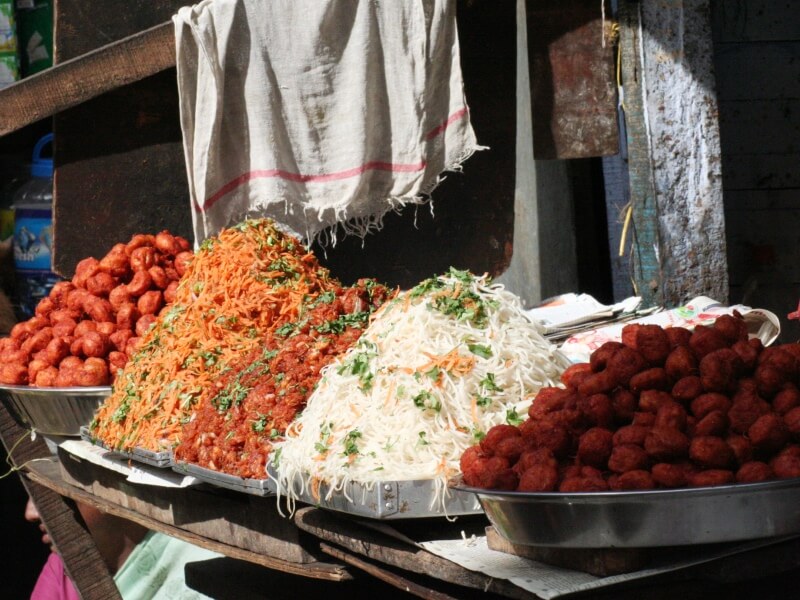
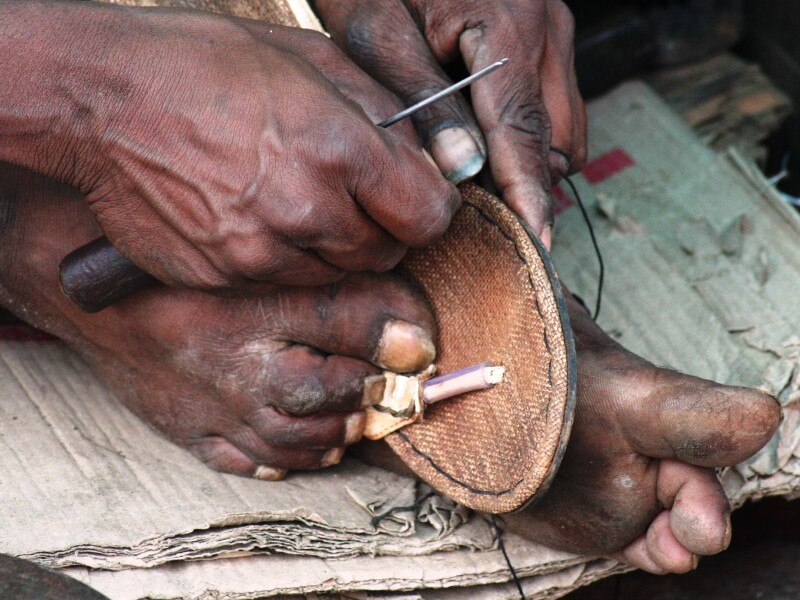
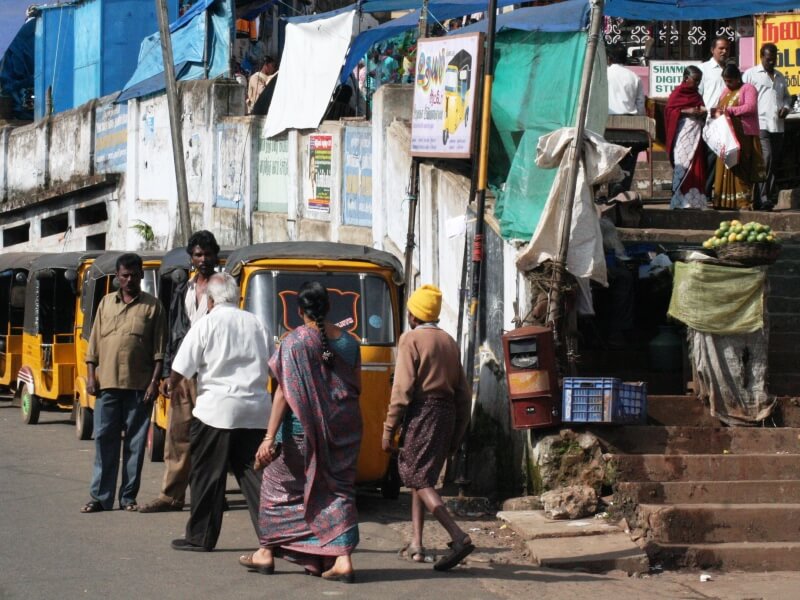
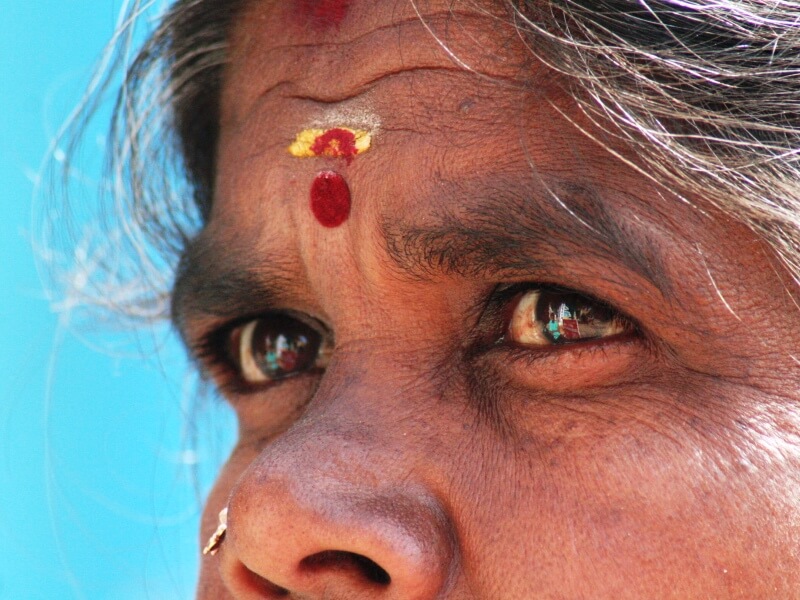
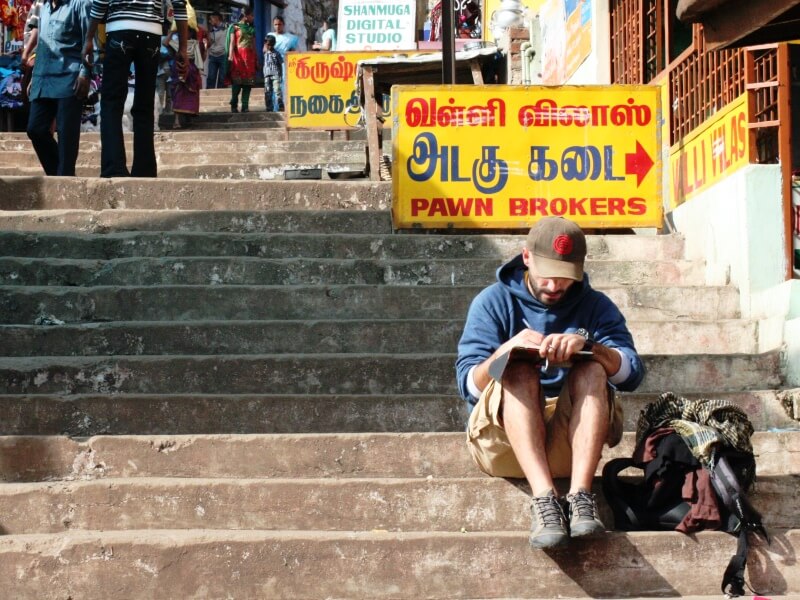
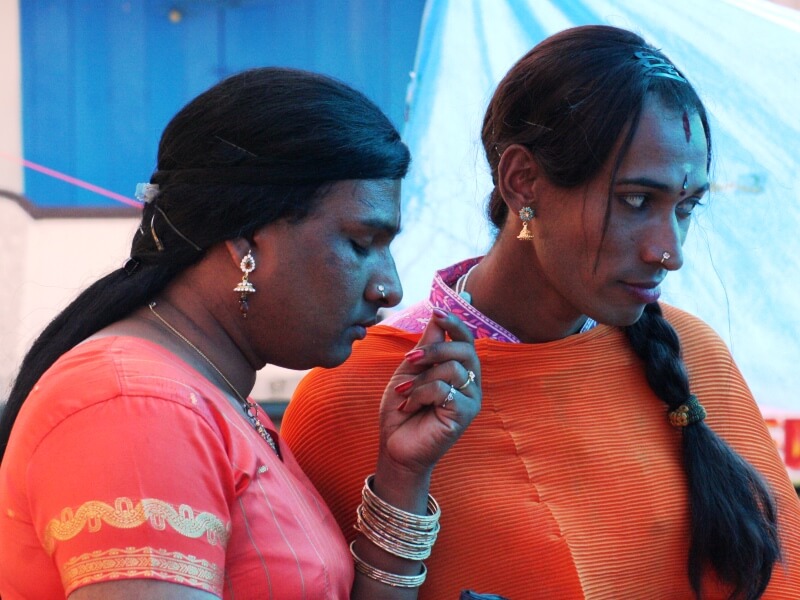
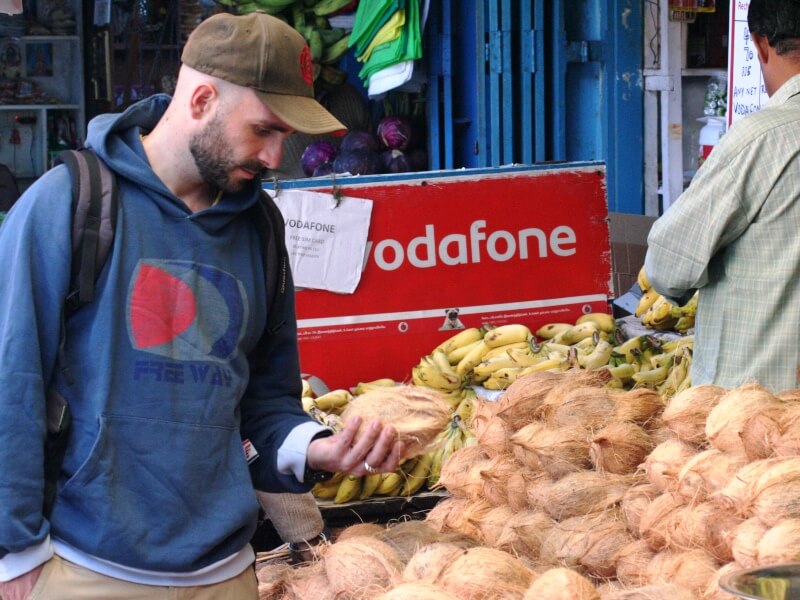
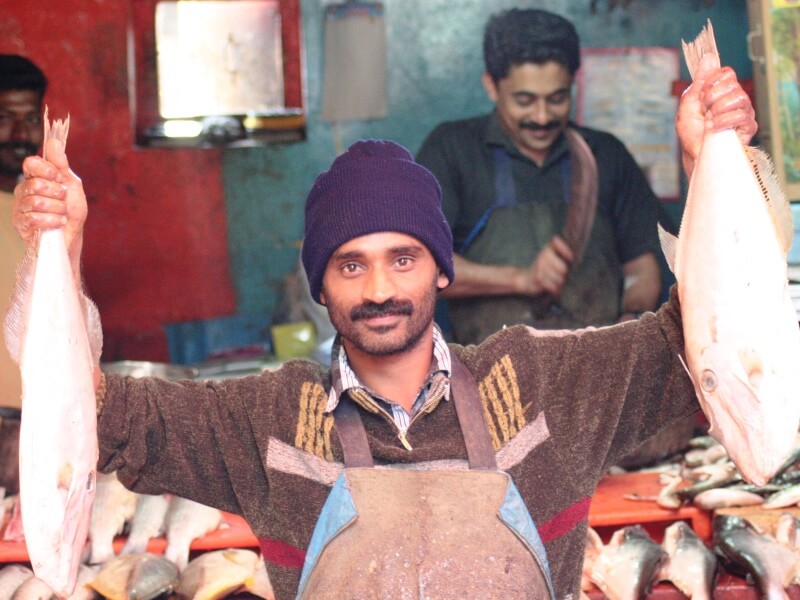
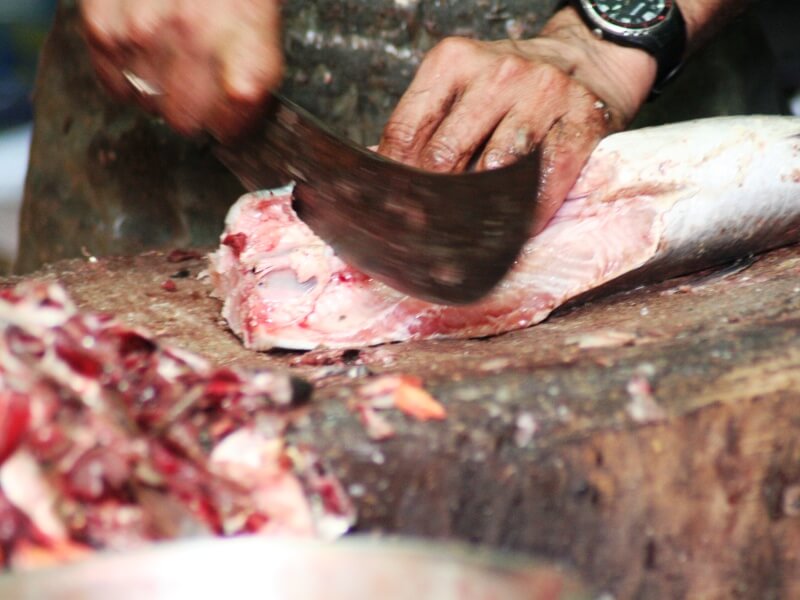
We meet some "Sikhs" students from Punjab, on a trip, very curious and interested in these two strangers! We chat for a long time about our customs and habits while they try to explain a little of their religion.
They touched my heart when one of them removes a beautiful steel bracelet (the kara), an important Sikh symbol, from his wrist and hands it to me. I will keep it with honor and pride.
Kerala is the ideal destination for those looking for a place surrounded by nature and animated by life rhythms on a human scale, to detoxify from the frenzy of the Western world and recover their physical and inner well-being.
The word Kerala derives from the union of 2 words: kera which means coconut palm and alam, which means land, or the land of coconut palms. These plants are in fact found everywhere and border its entire coastline.
"God's own country", as the locals define Kerala, is kissed by a warm tropical sun almost all year round and boasts a variety of natural landscapes ranging from beaches overlooking the Arabian Sea to "backwaters" lagoons, hills and to the mountains of the Western Ghats.
"Kerala is a profoundly different region from the rest of India; many foreign explorers (Vasco de Gama in primis) have landed here, attracted by the spice trade and everywhere there are traces of its colonial past: Syrian rite Christian churches, mosques, Dutch and Portuguese style houses, buildings of the raj era and even a sixteenth-century synagogue in Kochi. Tolerance has a long tradition and here, without any disorder, every type of confession has been accepted, which has then taken on a local color over time.
Kerala is one of the richest regions in India, it is the one with the highest literacy rate (93%). In short: it is the perfect region to approach India in a soft way! "
The warm water, the green palm trees full of coconut almost lying on the fine white sand, an infinity of crabs running fast on the shoreline ... you can see distant colored fishing pirogues, the sound of the waves, the cawing of the blackbirds and us, only us in km and km of beach ...
“The backwaters - inland waters - of Kerala are a must for anyone visiting the country. Navigating along the labyrinth of canals that runs for 900 km between the coast and the hinterland is probably the experience that will remain most impressed on the entire trip. The boats cross shallow lakes fringed with palm trees and littered with fishing nets and travel along narrow, shady canals where they are loaded with coir, copra (dehydrated coconut pulp) and cashews. Along the way, you will encounter small villages with mosques, churches, temples, schools, hospitals and tiny clusters of houses that form an immense widespread city. If you can: spend a whole day on a house boat - houseboat - seeing these wonderful landscapes slowly pass by, savoring the authentic cuisine of Kerala, making friends with the villagers and sleeping on the water under the starry sky "
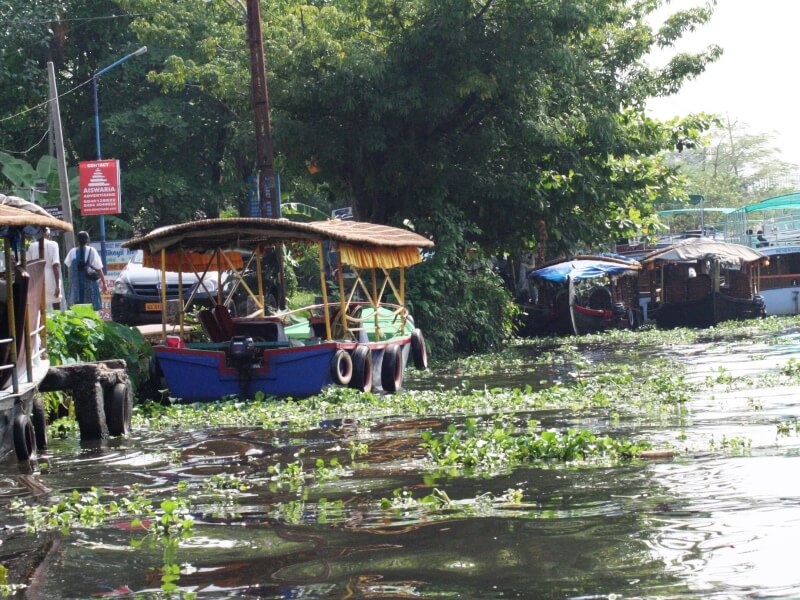
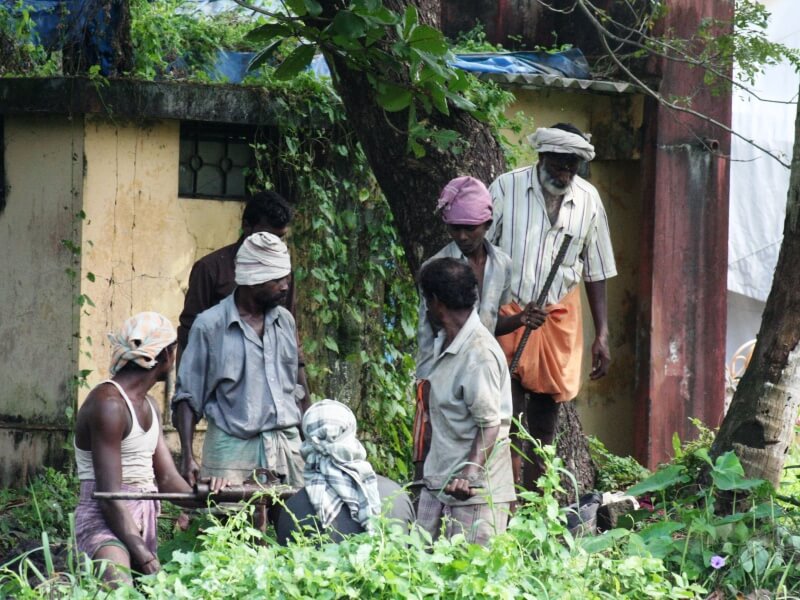
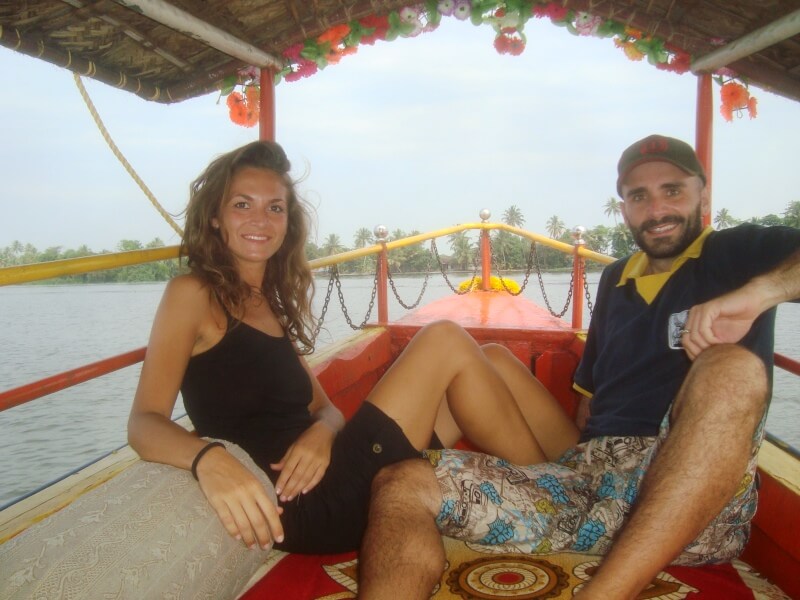
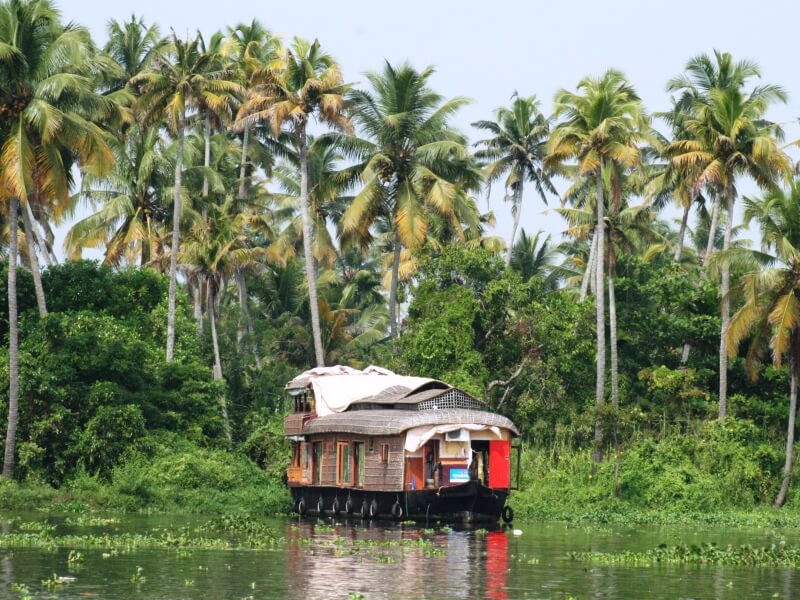
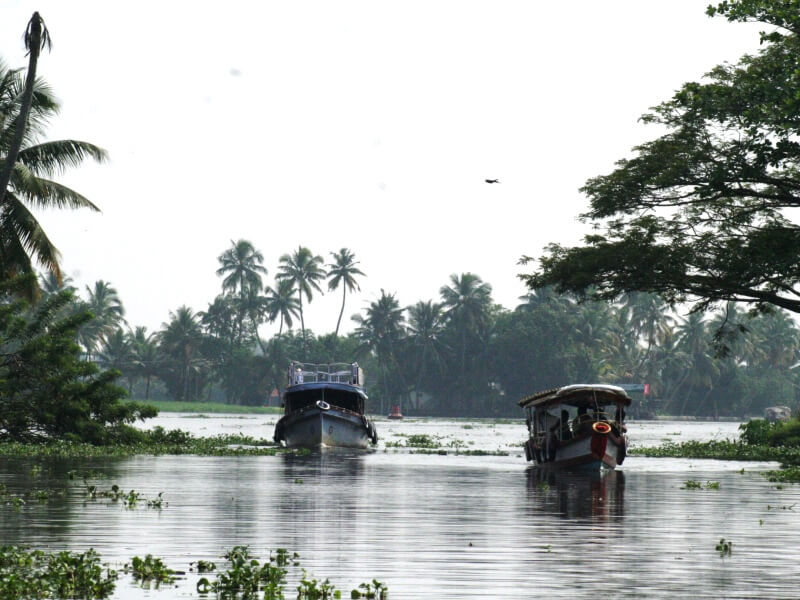
In the morning we decide to take a dip in the sea.
On the beach we meet a school group and while Mark improvises a football match with the boys, I go to dance and joke with the girls in the water.
In the afternoon we go shopping in view of the wedding invitation received during the trip and which will be held in Madras.
After so many unsuccessful turns in many shops, we decide to have the clothes made for the happy tailor-made event… what fun!
Tamil Nadu is one of the most interesting states in India because thanks to its geographical position (the ranges of the Ghat mountains have protected it for centuries from external influences) it has preserved millenary traditions. Its temples show a very refined art but at the same time teem with pulsating life. Hinduism is the dominant religion here and we can observe its most authentic manifestations. Rites, pilgrimages and festivals are the order of the day in a riot of sparkling colors and deafening music.
Chennai is the capital of Tamil Nadu. Chaotic and overcrowded like few other cities in India, it is in our opinion the best way to approach the region and experience first-hand how to live in an Indian metropolis. There are at least: an unmissable temple, a huge market area and a picturesque beach to enjoy "Indian style".
Our contact couchsurfing here in Madras is the friendly Kiruba and his sweet family, we will spend almost a week here, our last stop in the far south of India before flying to Calcutta!
When we woke up there was only the tender Kasturi, Kiruba's mother.
Everyone was at work or school. After preparing an excellent chai, I took the opportunity to be taught some Indian recipes in exchange for a carbonara pasta to be enjoyed all together as a symbol of Italy - India cultural exchange!
"Weird this travel thing, once you start, it's hard to stop. It's like being an alcoholic."
- Gore Vidal -
Madras is the homeland of Kollywood, named after Kodambakkam, the neighborhood where all the film studios are based. Here too, as in Bombay, cinema is a must and we certainly couldn't skip this appointment!
A long epic film, a mix of acrobatics, ballets, special effects and super heroes colliding!
Today is the big day for our friend Radhika.
An Indian wedding is an event formed by an infinite series of rituals that we Westerners will never be able to understand and which are, at the same time, so fascinating ...
It starts at dawn and can last up to three days, in some cases, as happened to us, the newlyweds even offer rooms in the hotel for guests to rest a bit.
The wealthiest invite 3,000-4,000 people who take turns throughout the ceremony.
For the food? No problem, just sit in the large hall where banana leaves are placed on a long table that serve as a plate and, filled by a team of waiters, each with a different tureen, of the many spicy Indian dishes!
Very tiring, polar air conditioning and very loud music but a very interesting experience all in all! Greetings guys!
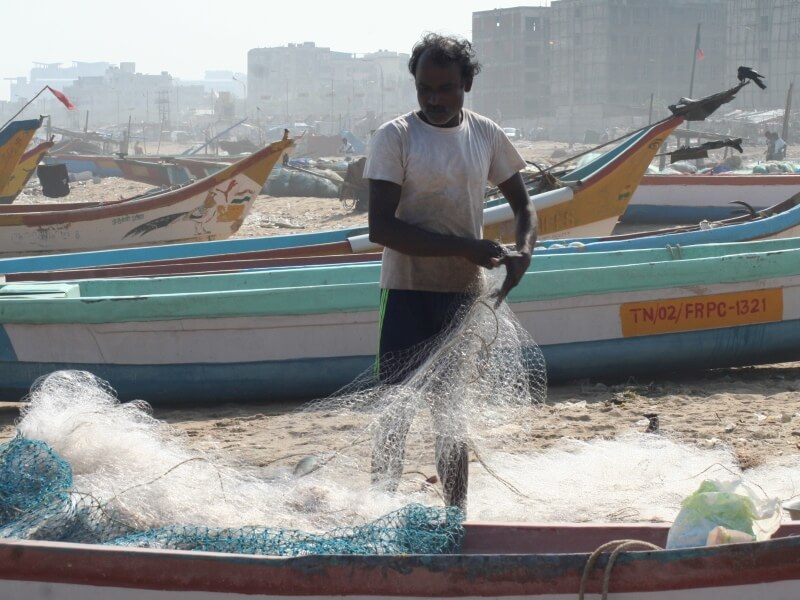
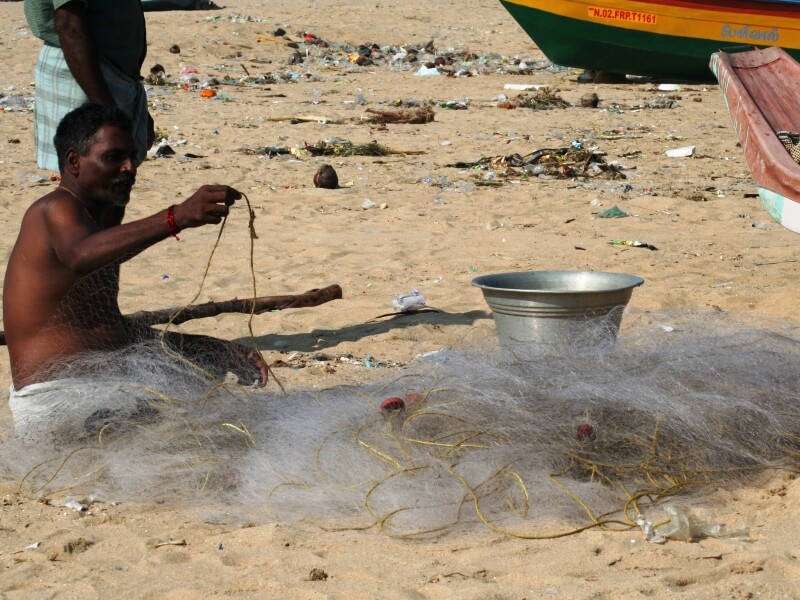
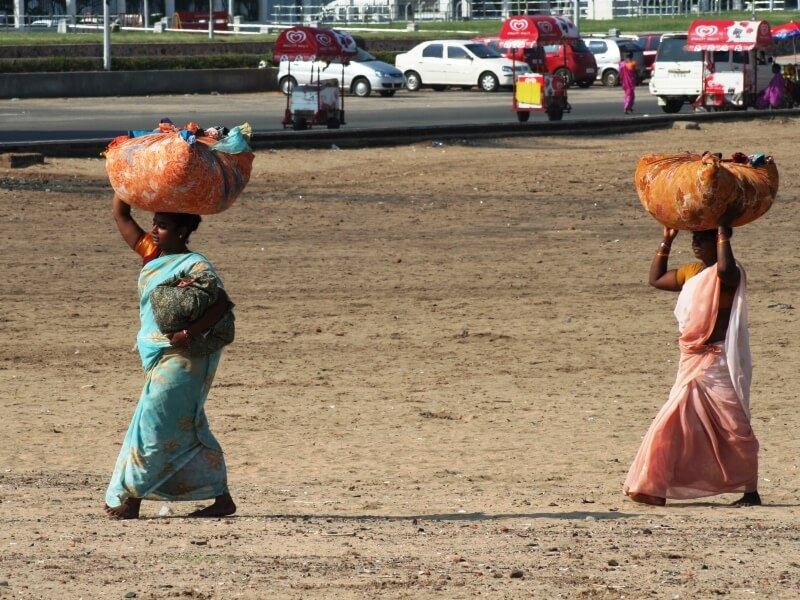
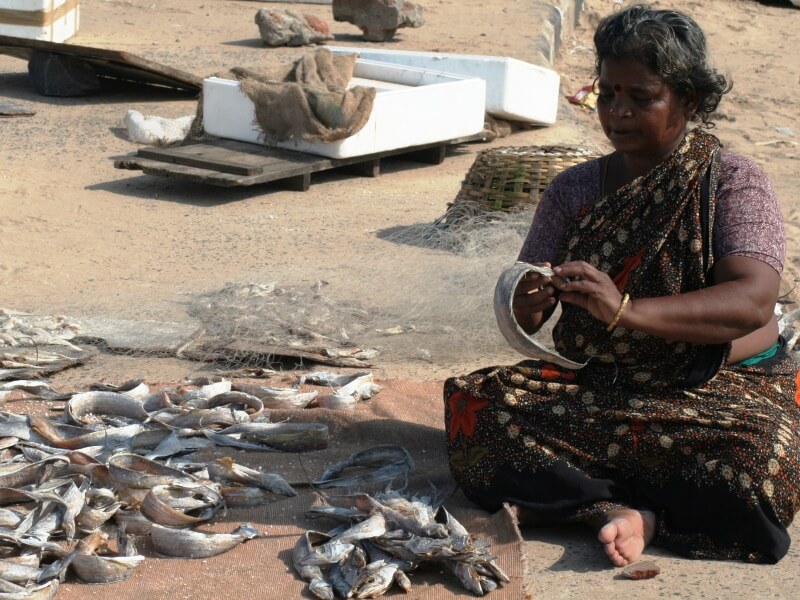
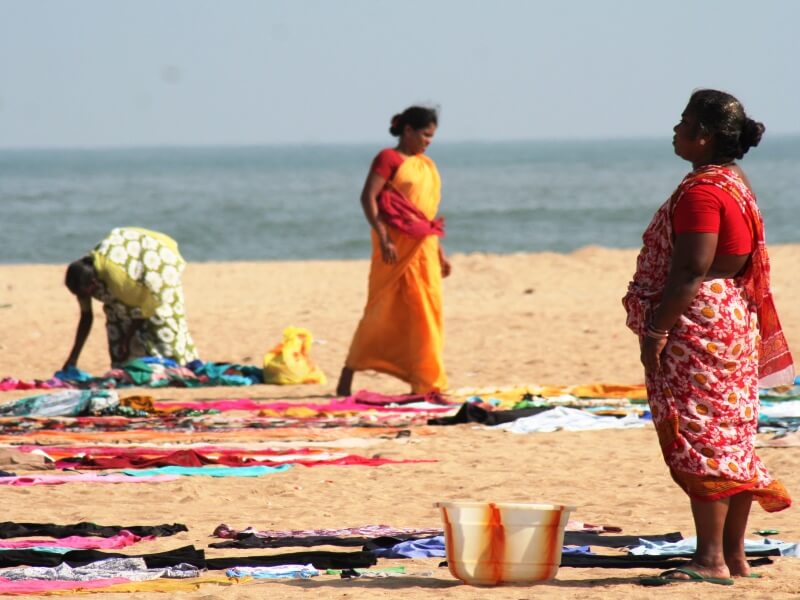
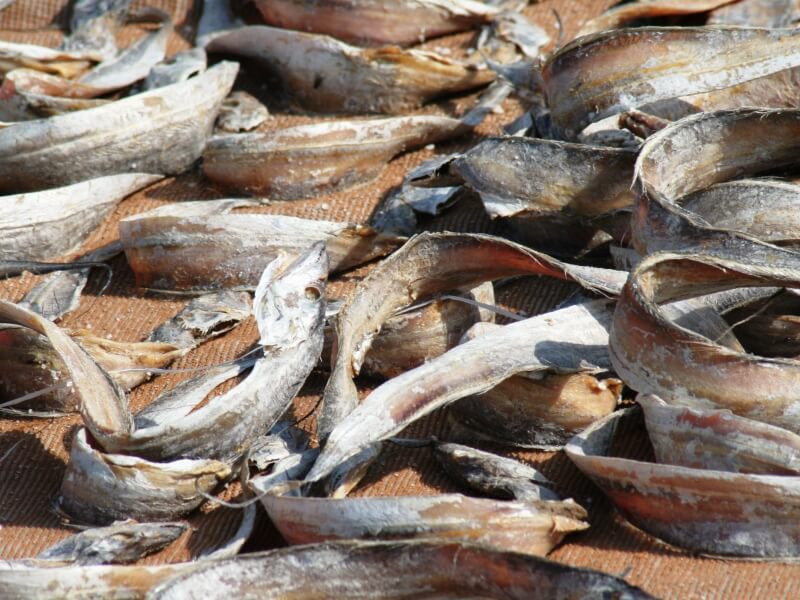
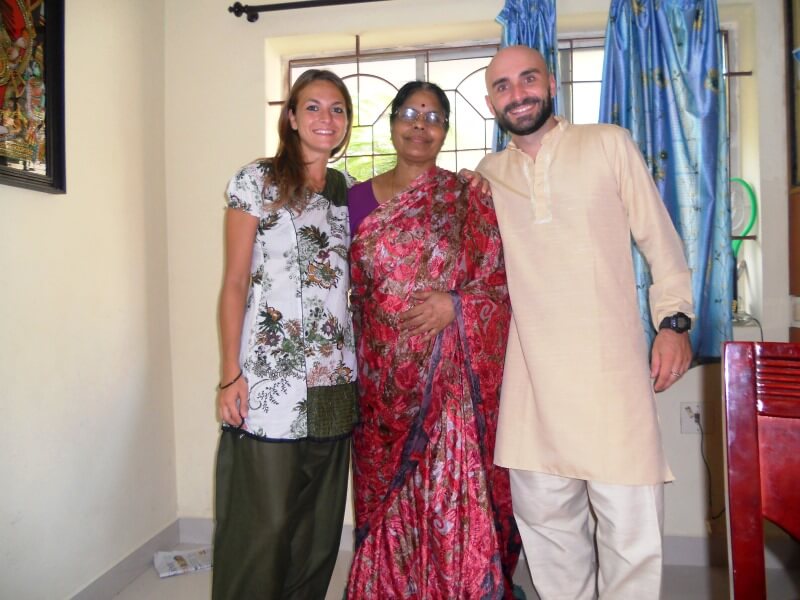
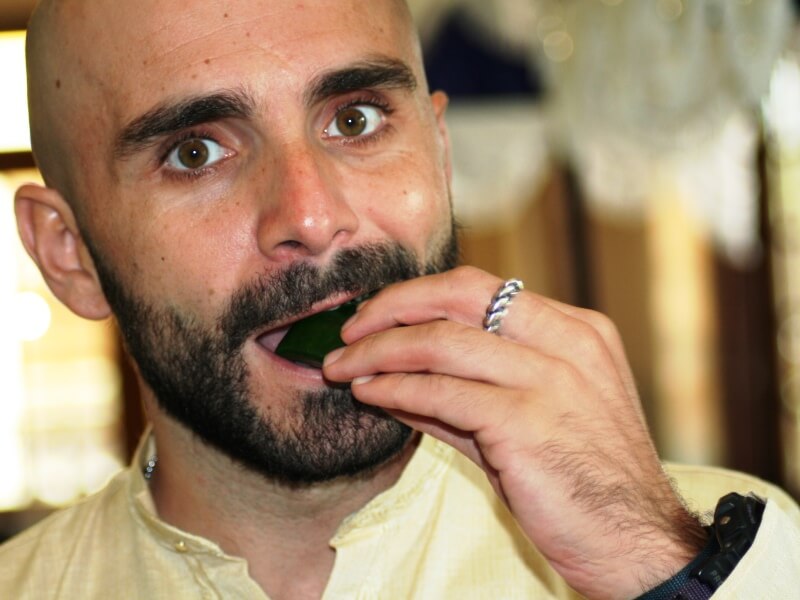

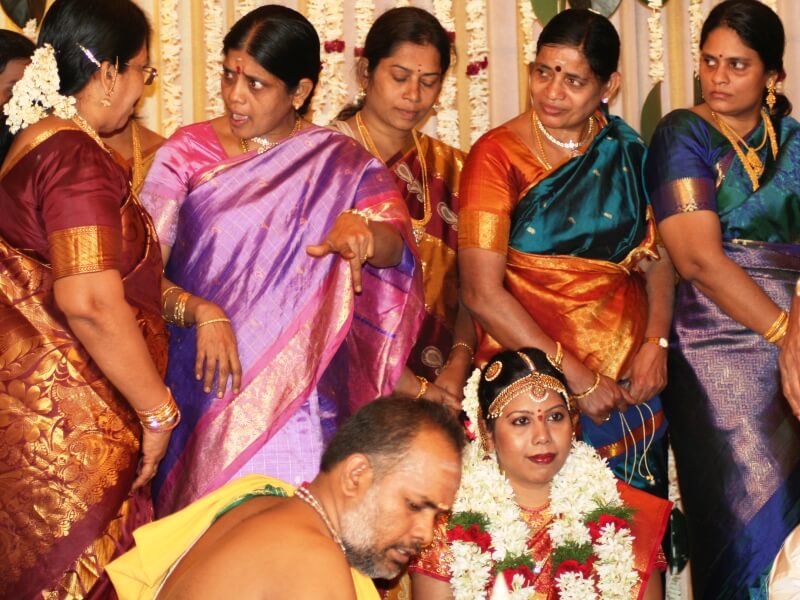
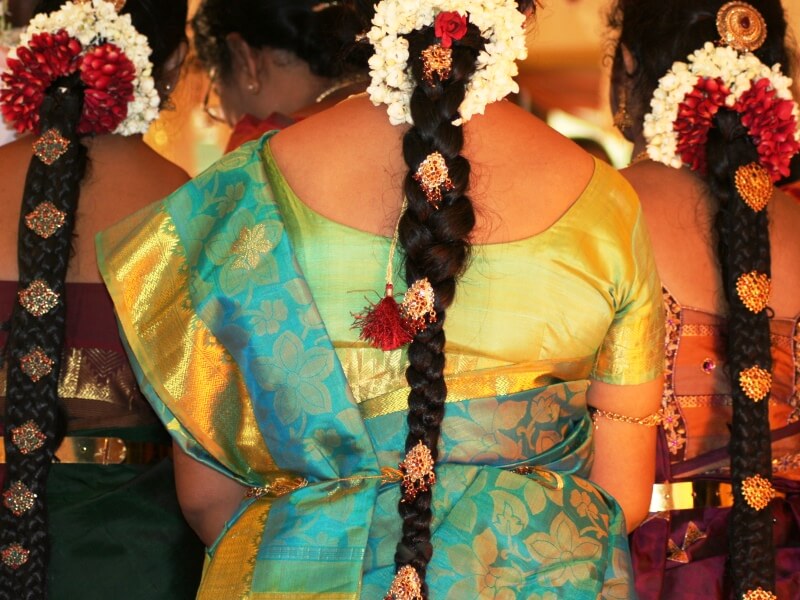
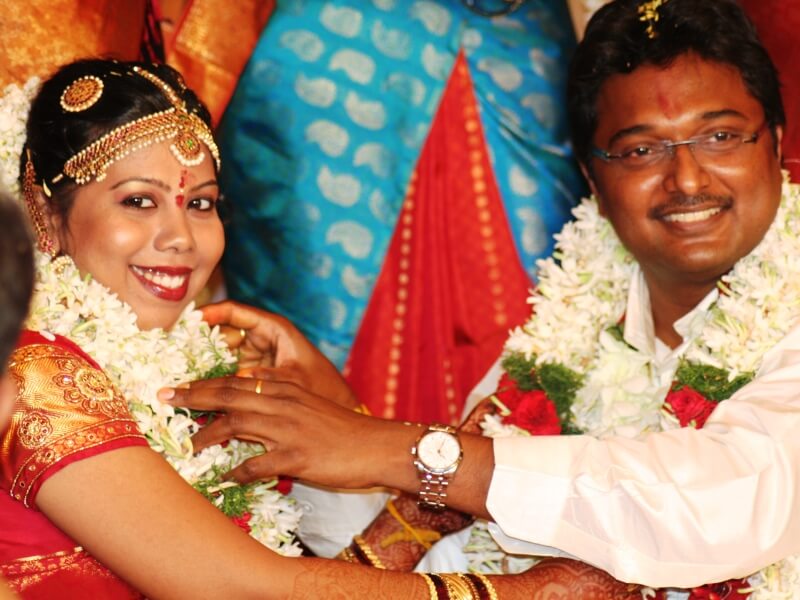
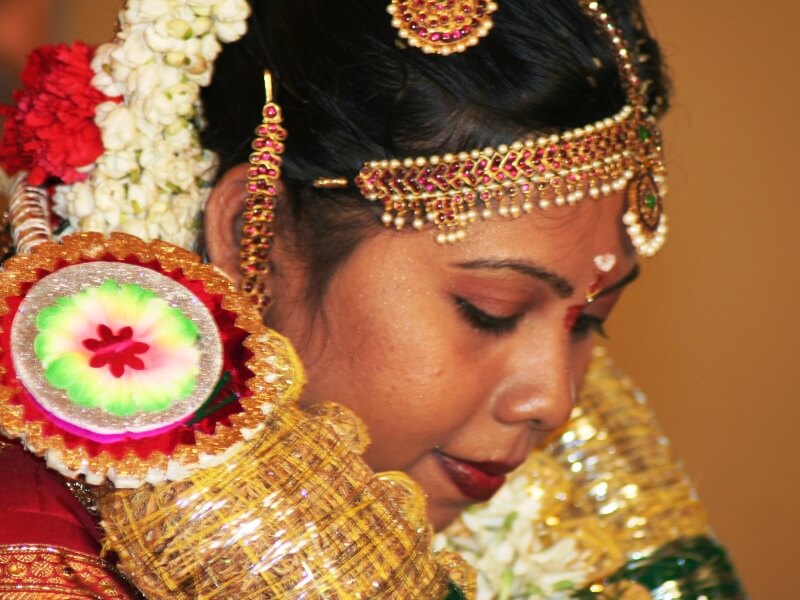
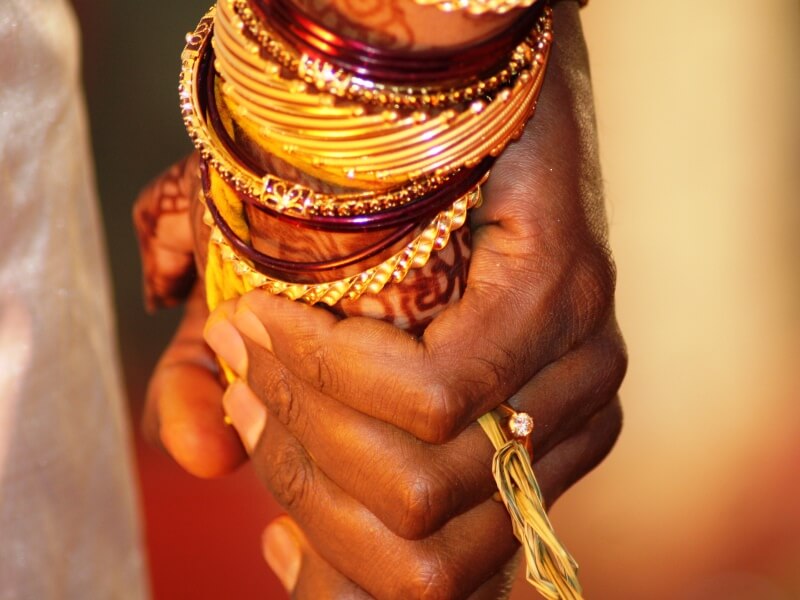
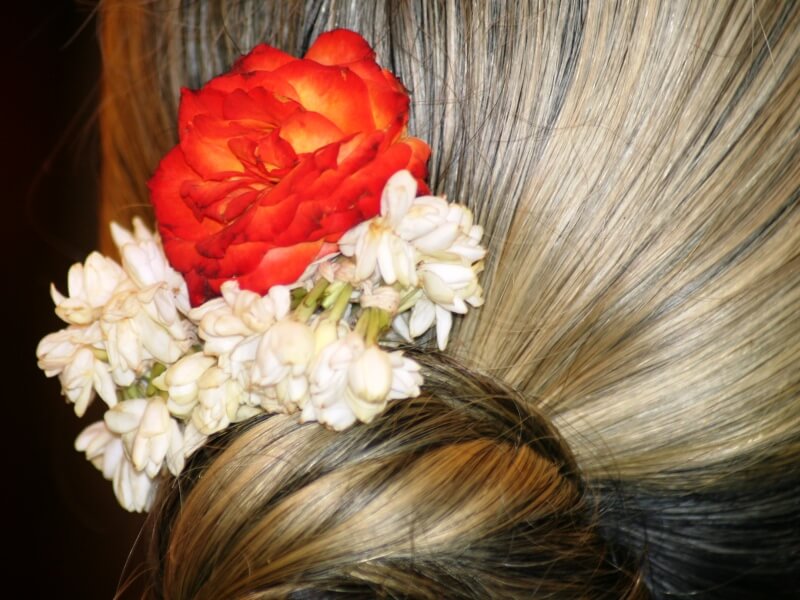
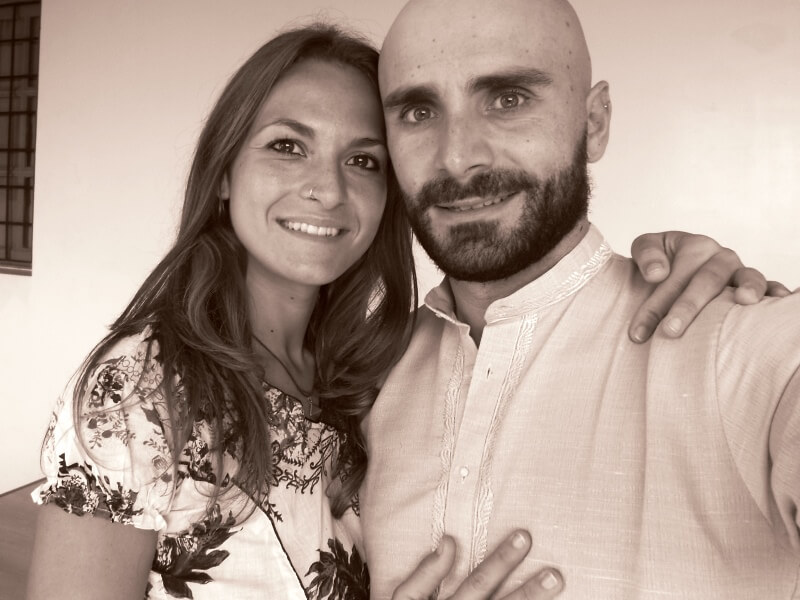
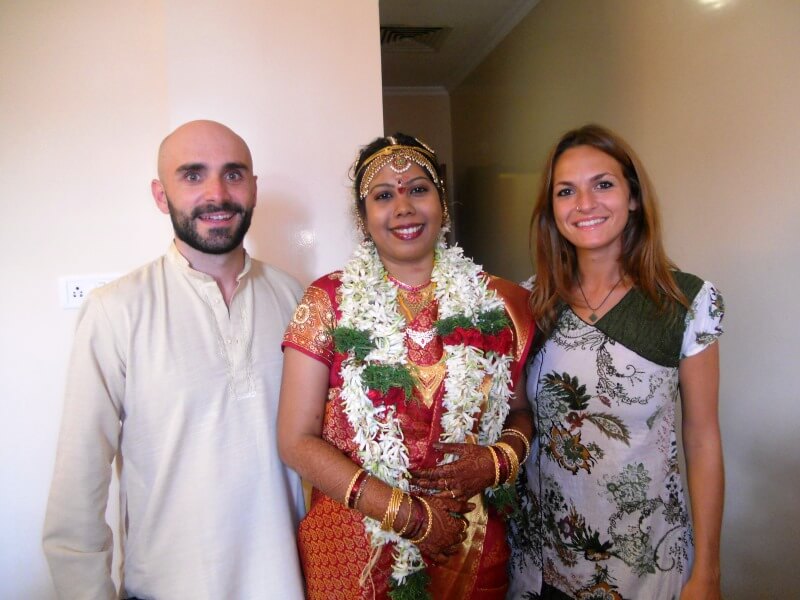
Today we fly to Calcutta: one of the most chaotic cities in India, full of beauty but also of poverty and misery.
"It is the most important economic center of India especially for its industries and multinationals and is presented as a very multifaceted reality.
The city has both streets full of beggars and beautiful buildings with Victorian architecture, evidence of a colonial past that seems more present here than elsewhere.
The most touristic part is certainly the one linked to the name of Chowringhee. This area is home to the National Museum of India, the famous Suddler Street for its prestigious hotels and the unmissable Park Street, renowned for restaurants and night clubs.
From a historical point of view, great prestige is given to the Anglican Cathedral of St. Paul and the Victoria Memorial, a monumental complex dedicated to Queen Victoria and spectacular for the tons of white marble.
Among the symbolic places of the city we can mention the Kalighat Home for the dyiing, famous for being the hospice for the lepers and the dying founded by Mother Teresa of Calcutta in 1952 and still alive even after the death of her promoter, and the Burrubazar , the large market where you can find everything, with the nearby Flower Market ”.
In this India very often I happened to feel inferior and most of the times I thought that it was my third world country and not theirs. How much stupidity there is in our life, these two months have taught me a lot and all the people I met, one by one, old people, children, poor, wealthy, grandmothers, drivers, lawyers, maids, street vendors ...
If you can truly live it: India can change you.
Just the day before yesterday we watched the film: "the city of joy" and today, find ourselves on its streets, with its people, see the "men on horseback" with the bell in their hands carrying, for a few rupees, on their rickshaw a tourist or a fellow countryman with only the strength of the legs ... well, it can only touch my heart. Although today I was really moved when we went to visit the mission of Mother Teresa.
The tomb was in a small room of white marble, some orange flowers composed the sentence: "only with pure eyes can you see God".
I don't know what happened to me, but when I walked in there I felt a warmth all around, as if they were hugging me and I ran away from crying like a baby.
Sometimes things happen that you can't explain.
We met a really kind and sweet nun, we chatted with her for quite a while and she told us many anecdotes from the life of the saint ... she who was lucky enough to live it in person.
"Kind words are short and easy to say, but their echo is eternal."
- Mother Teresa of Calcutta -
Today we will leave India.
Inside me a sense of melancholy has taken my stomach. I didn't think a nation could steal your heart. It's hard to explain, I just think you have to really live it to fully understand it.
We learned a lot, they taught us to look with purer eyes, without prejudice.
India is a huge real continent that takes a long time to explore. Each state is a journey in itself, each of them contains a heritage of inestimable value in terms of traditions, art and culture and we will try to return several times to be able to discover and love it as it deserves! Have a good trip!
"We will never quite understand how well a smile is capable of."
- Mother Teresa of Calcutta -
Error: No feed found.
Please go to the Instagram Feed settings page to create a feed.